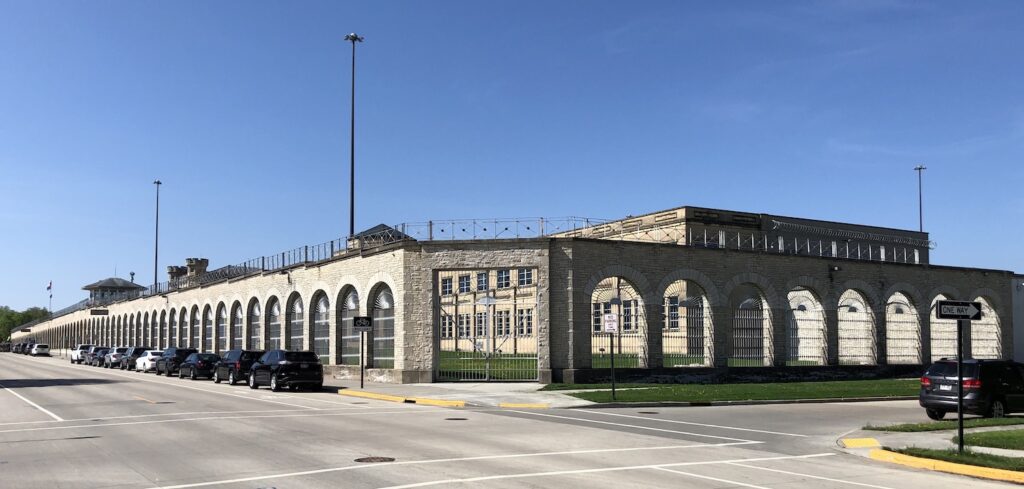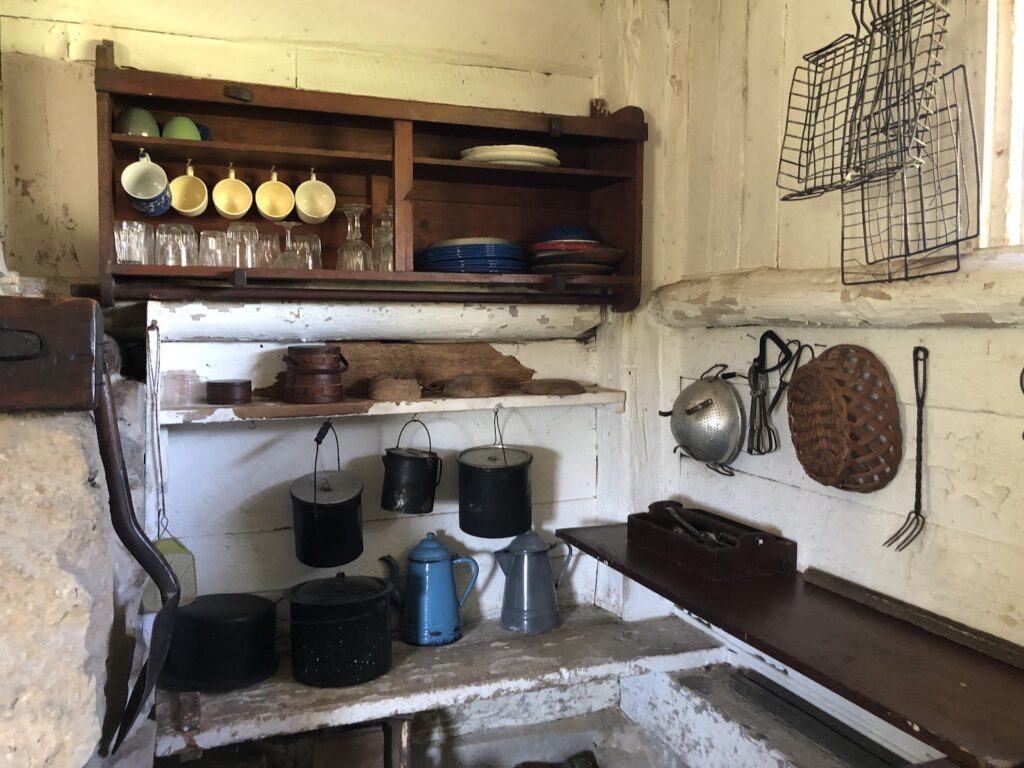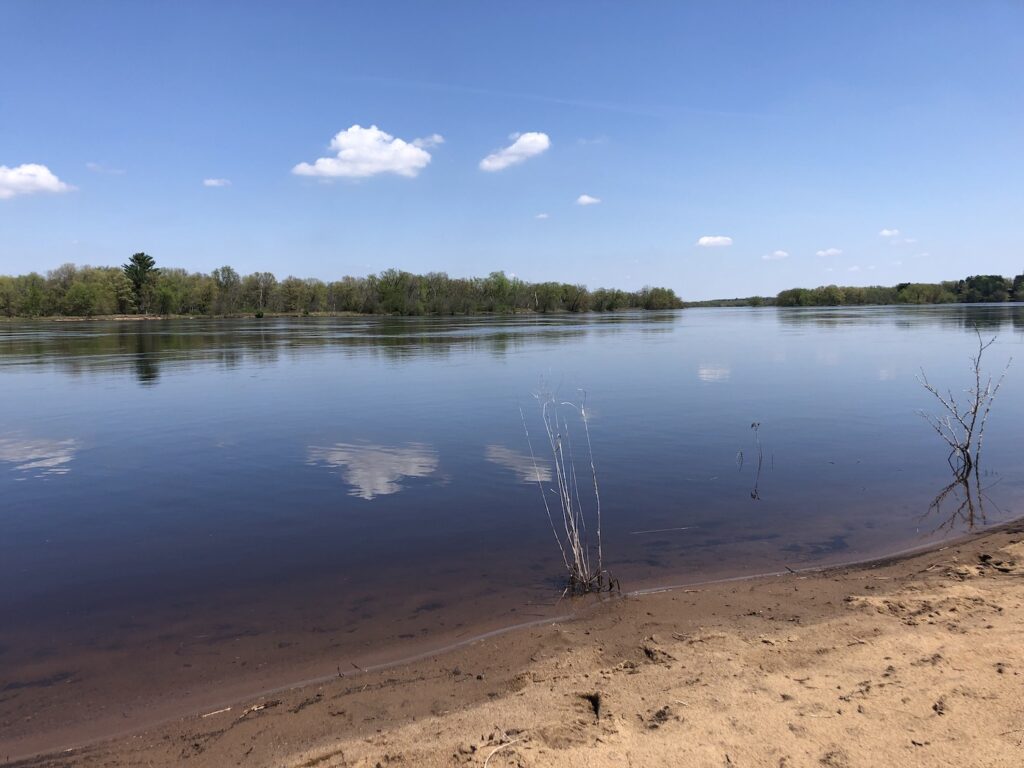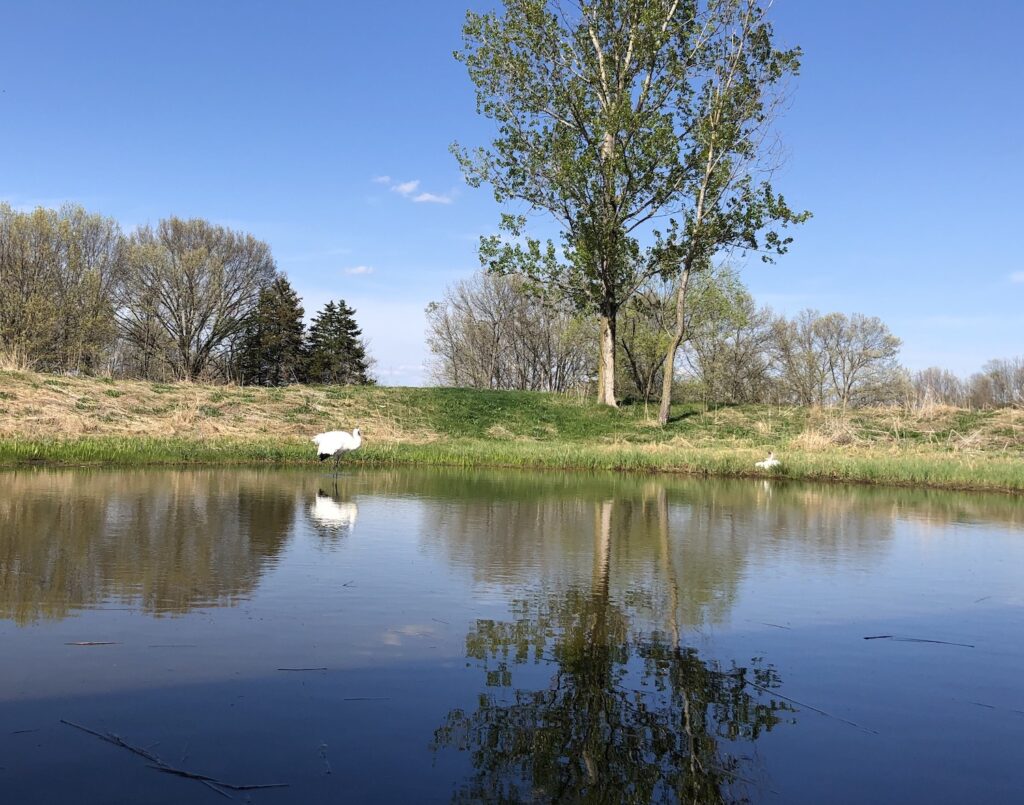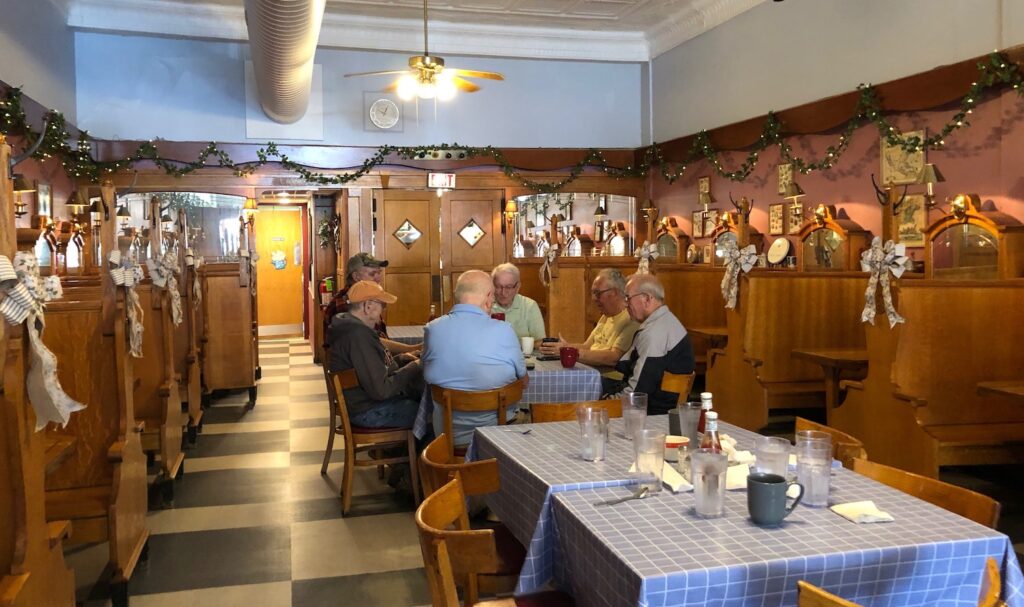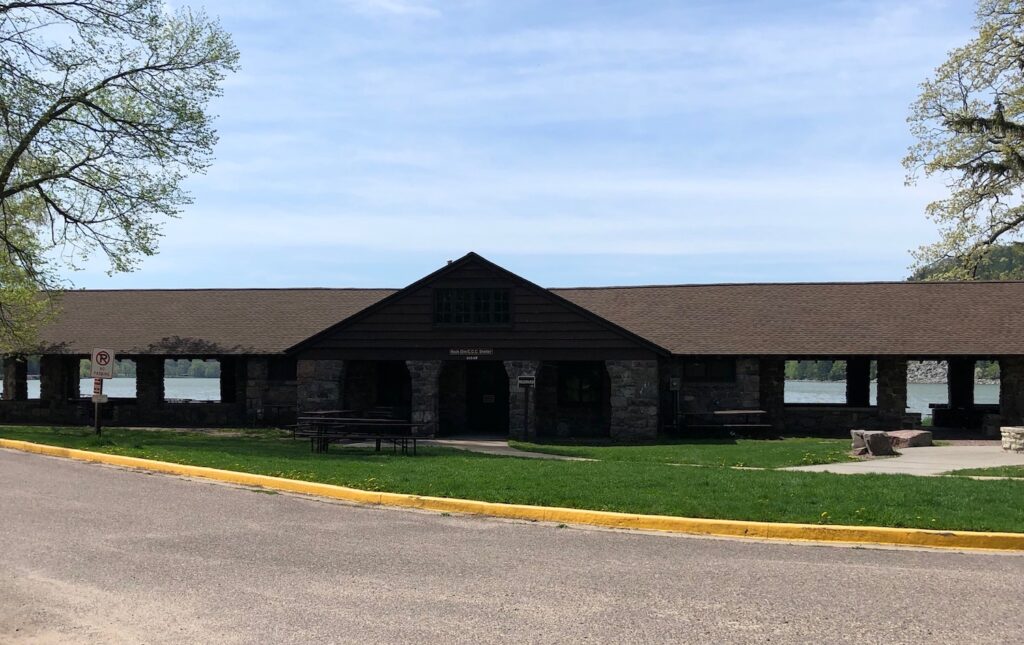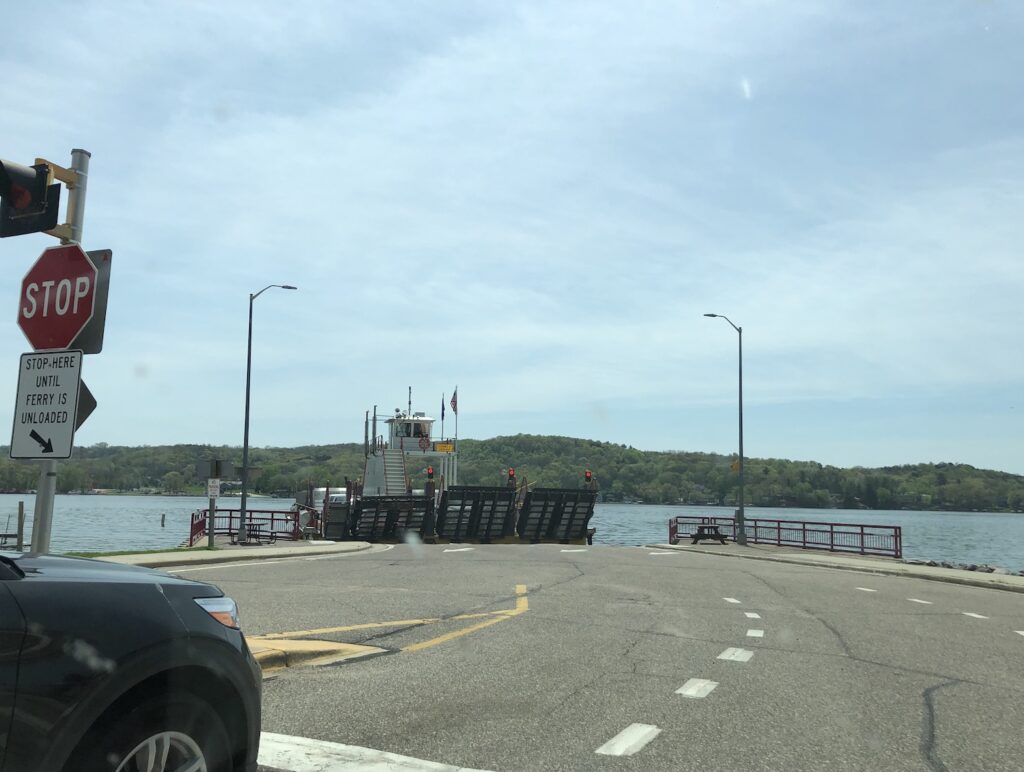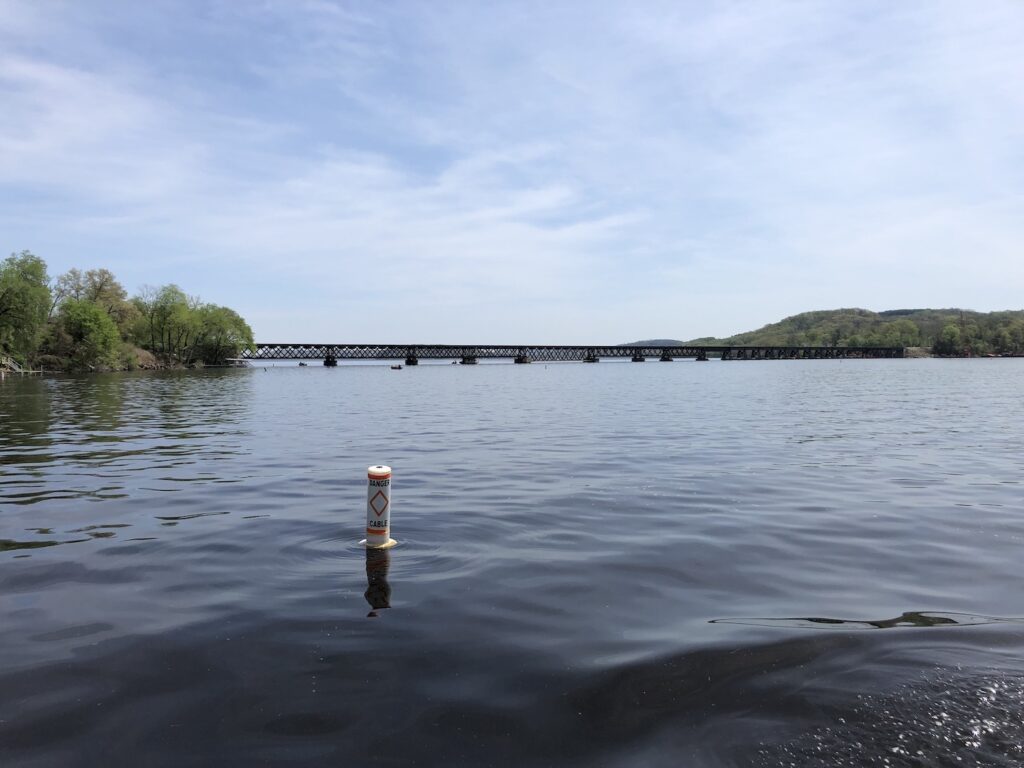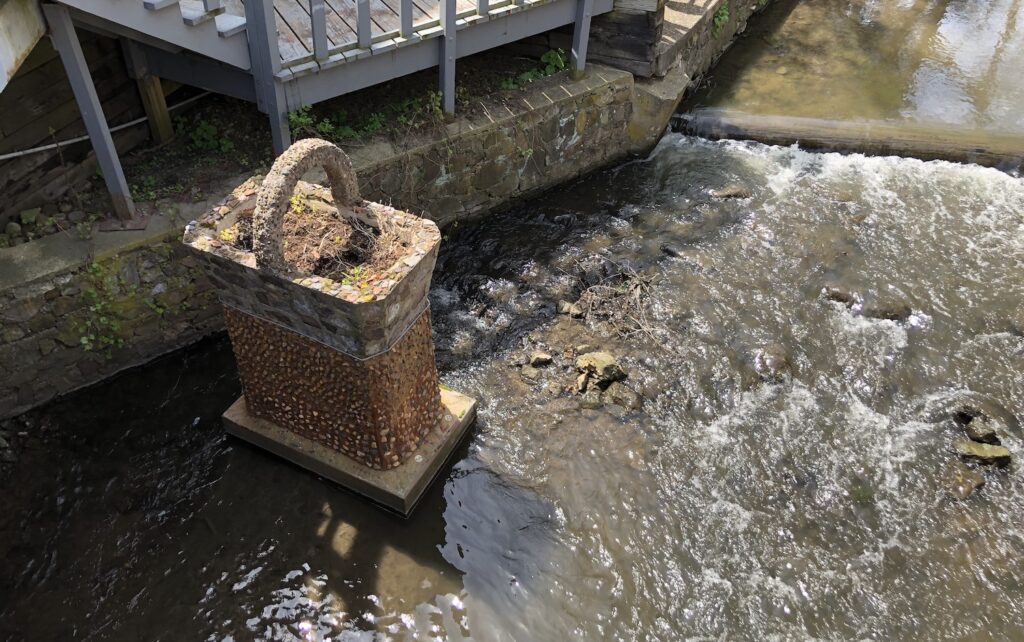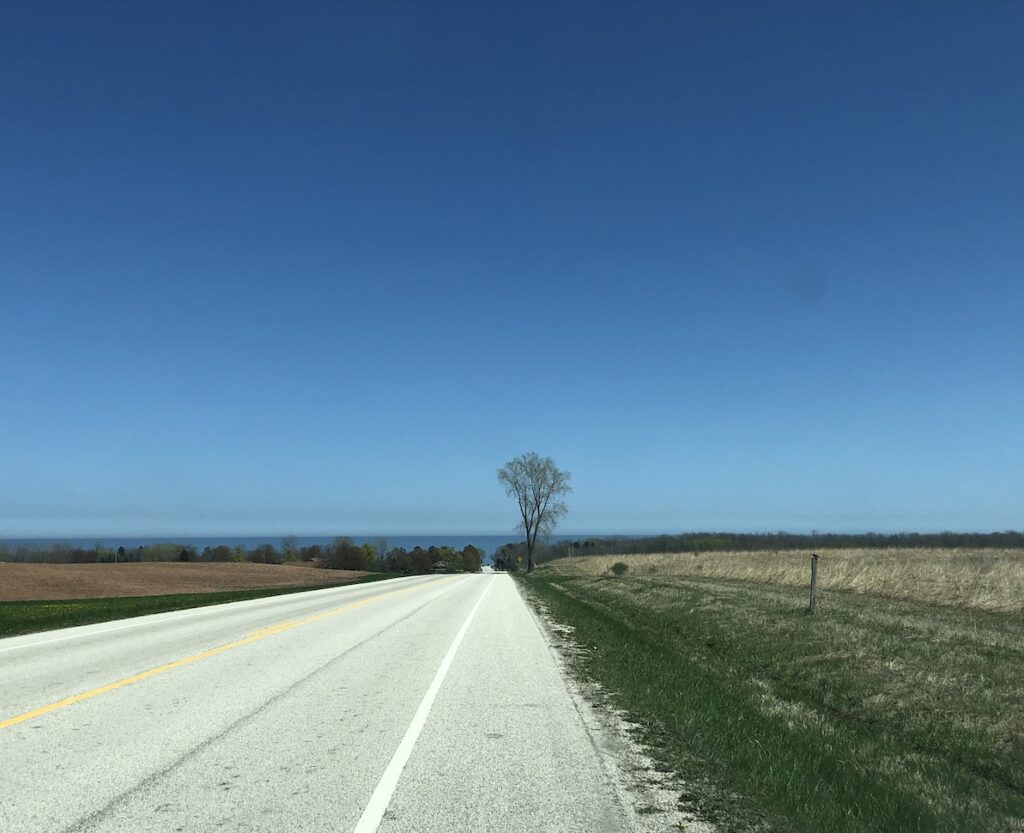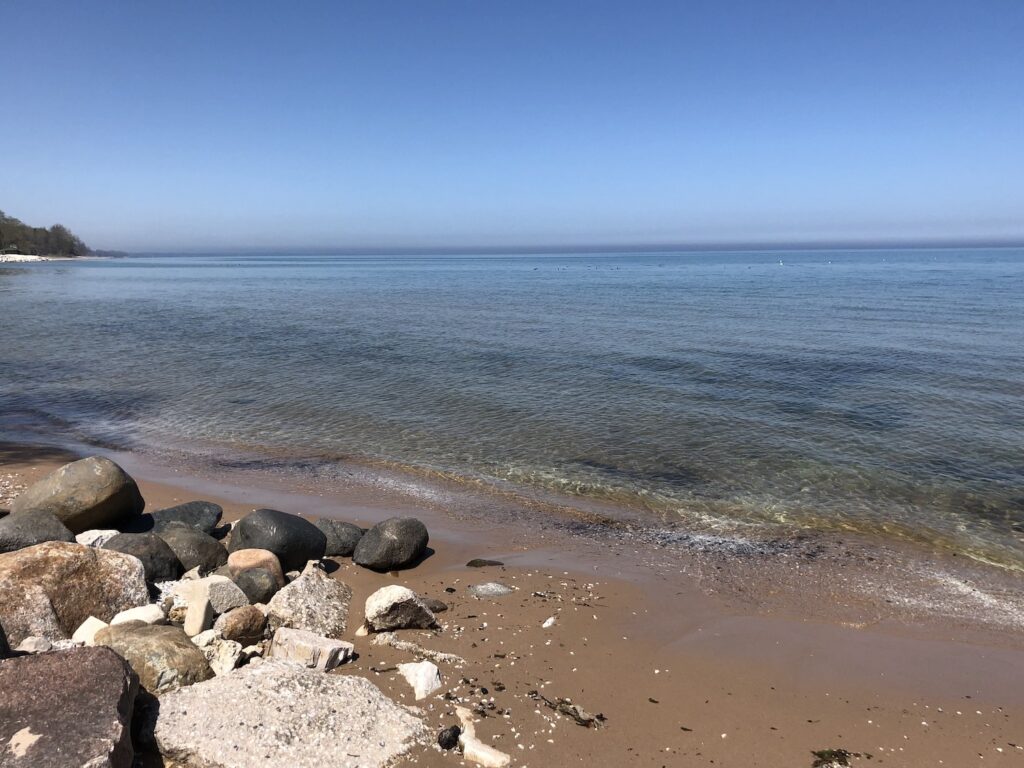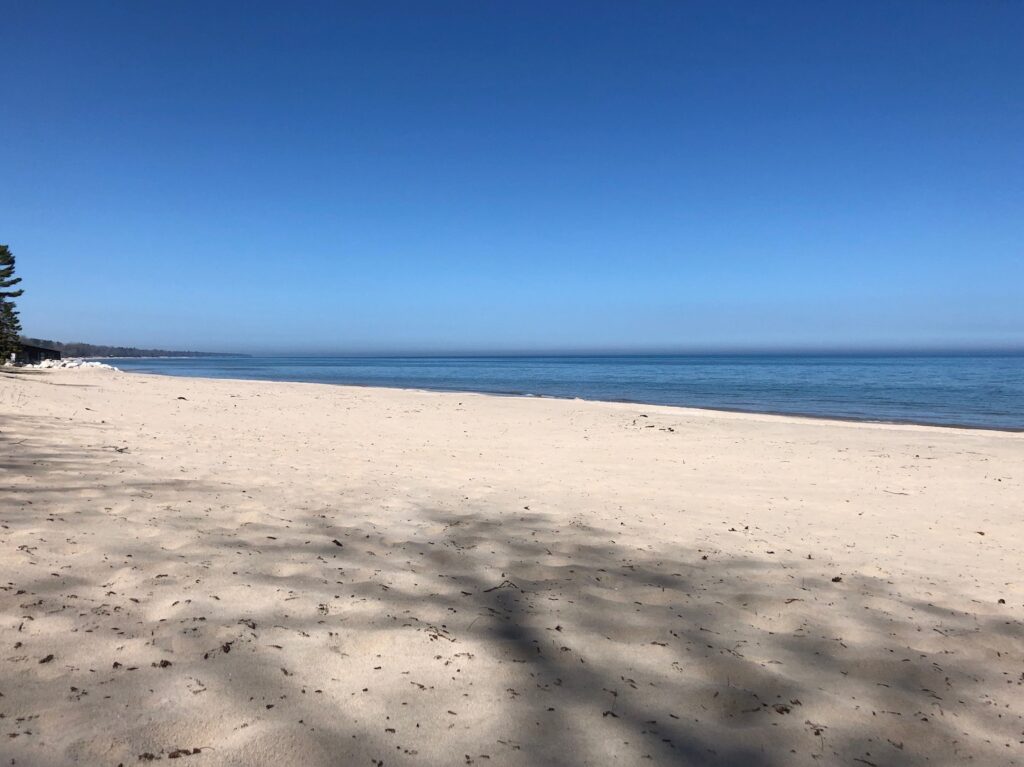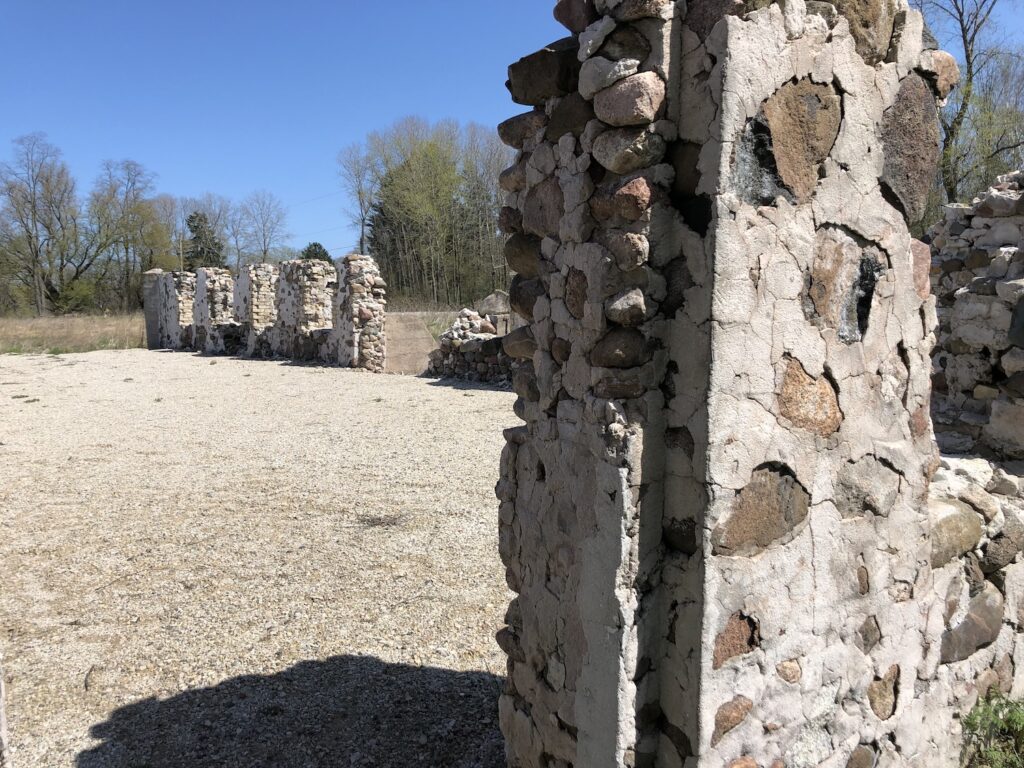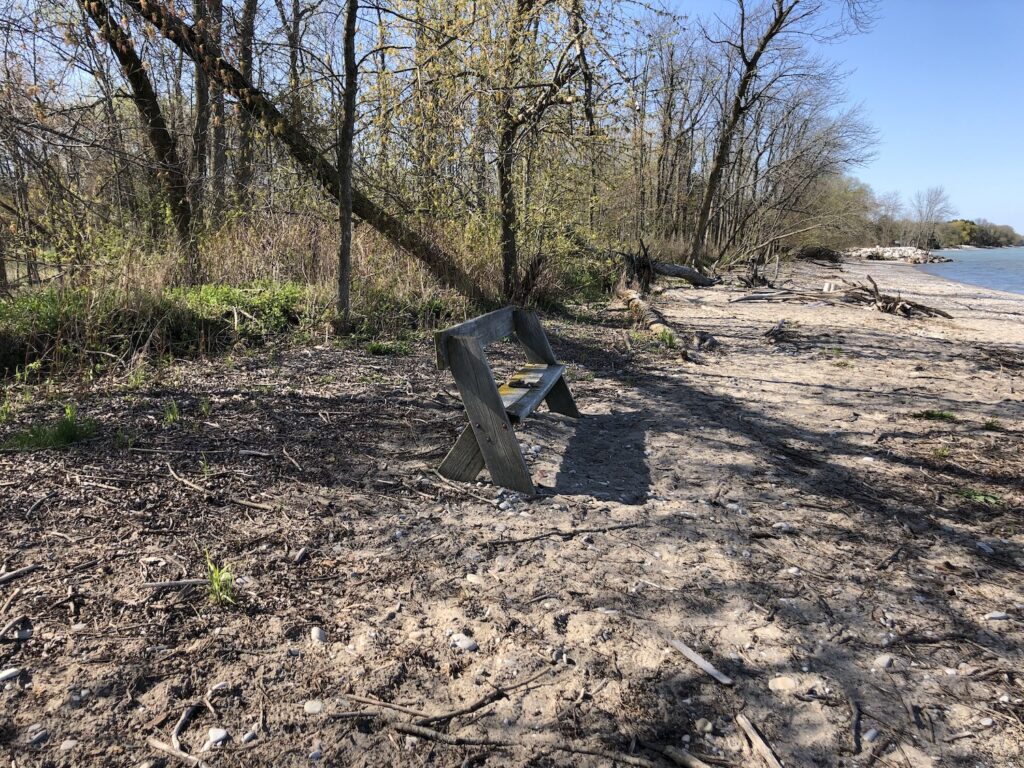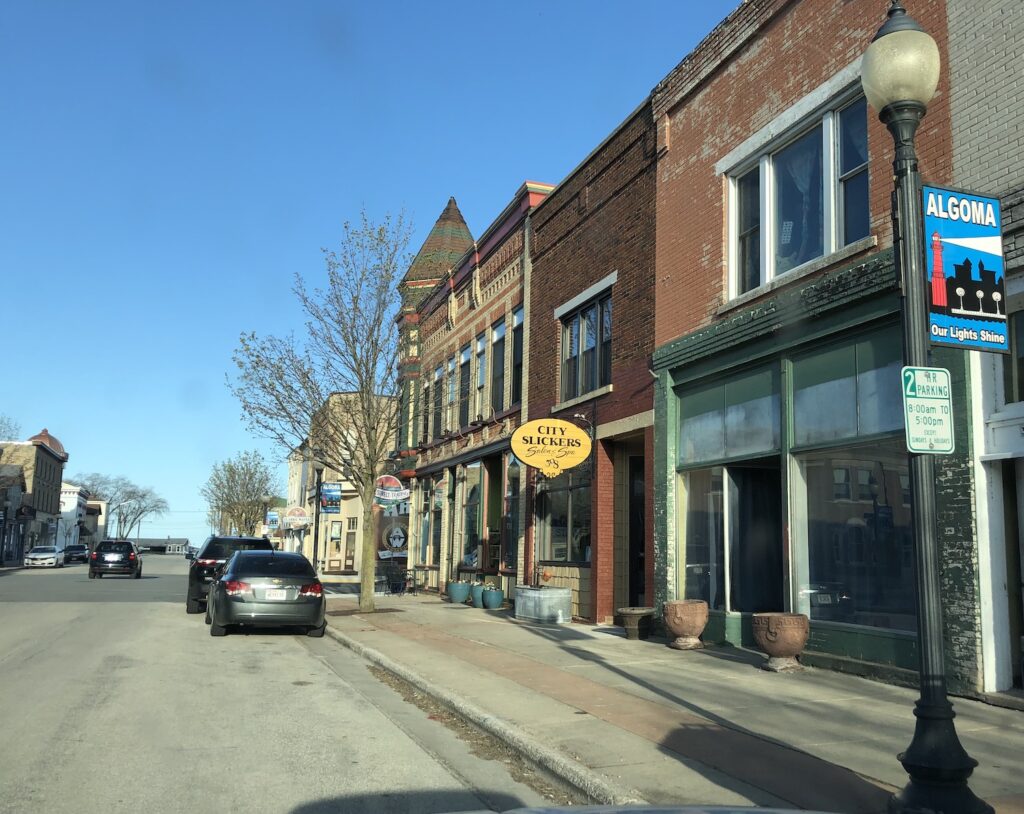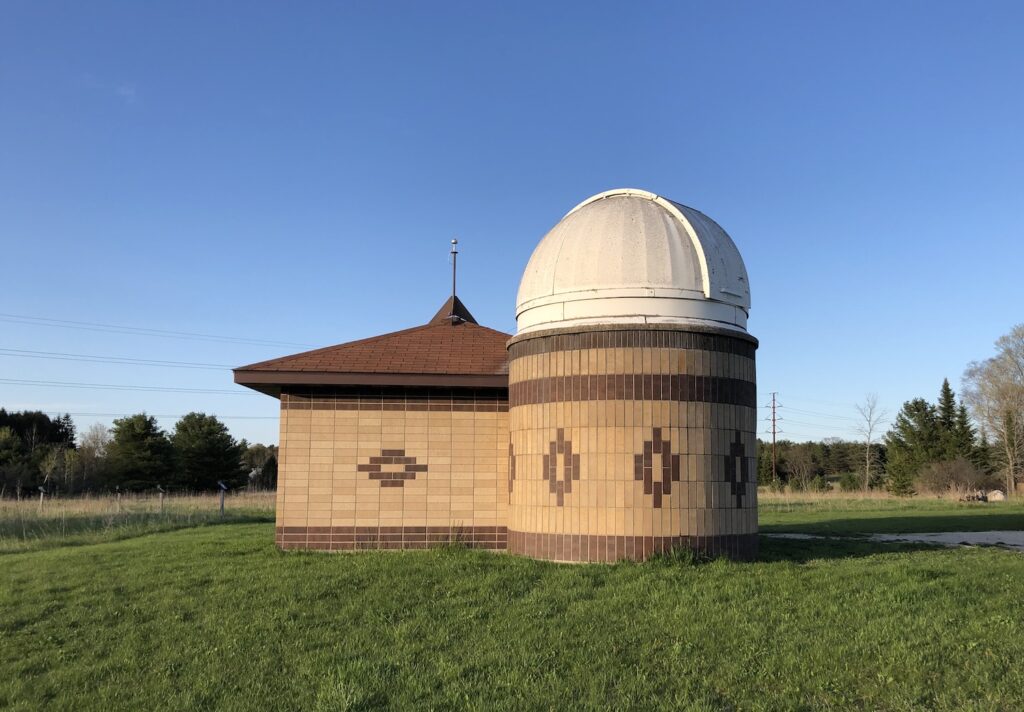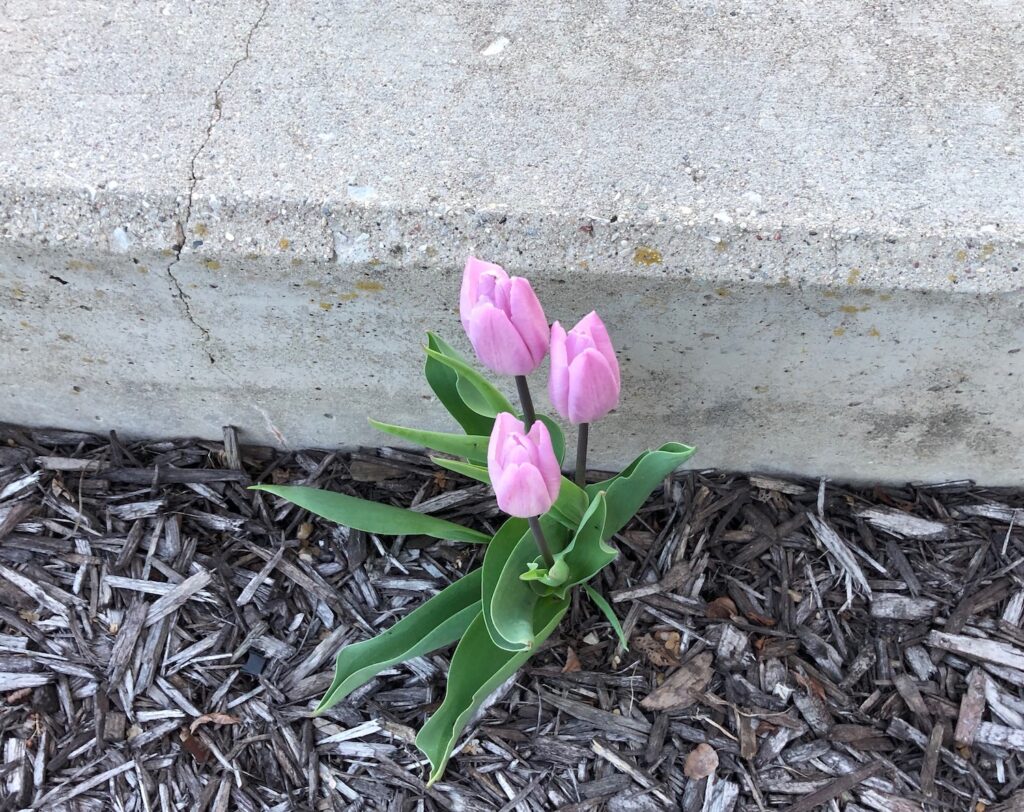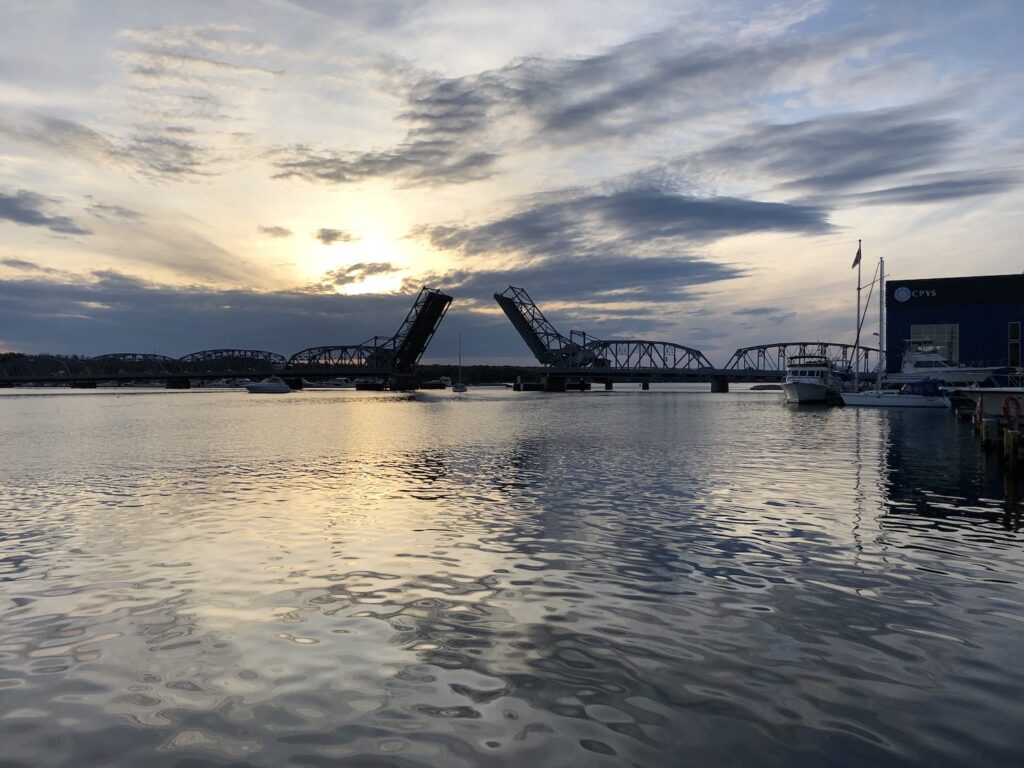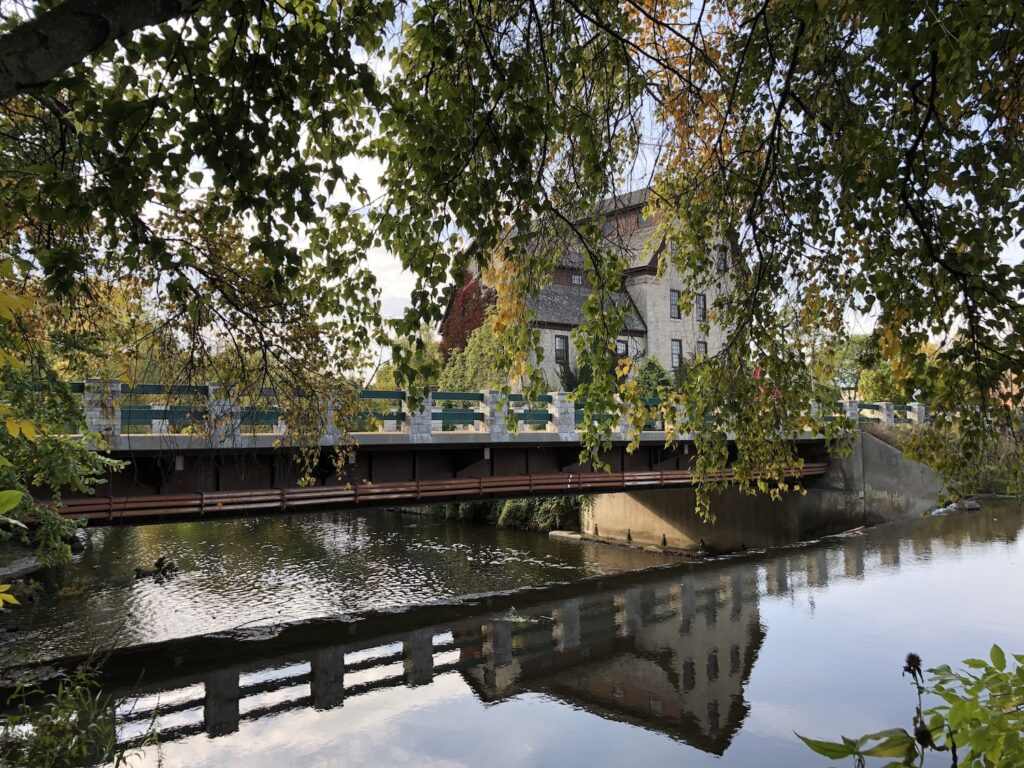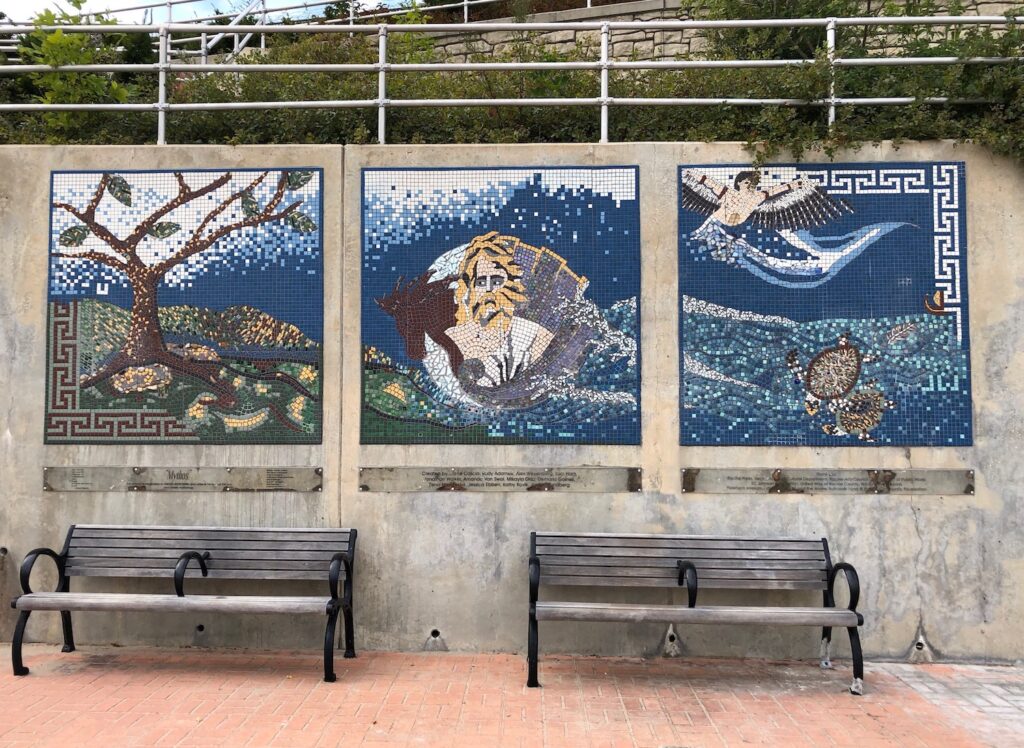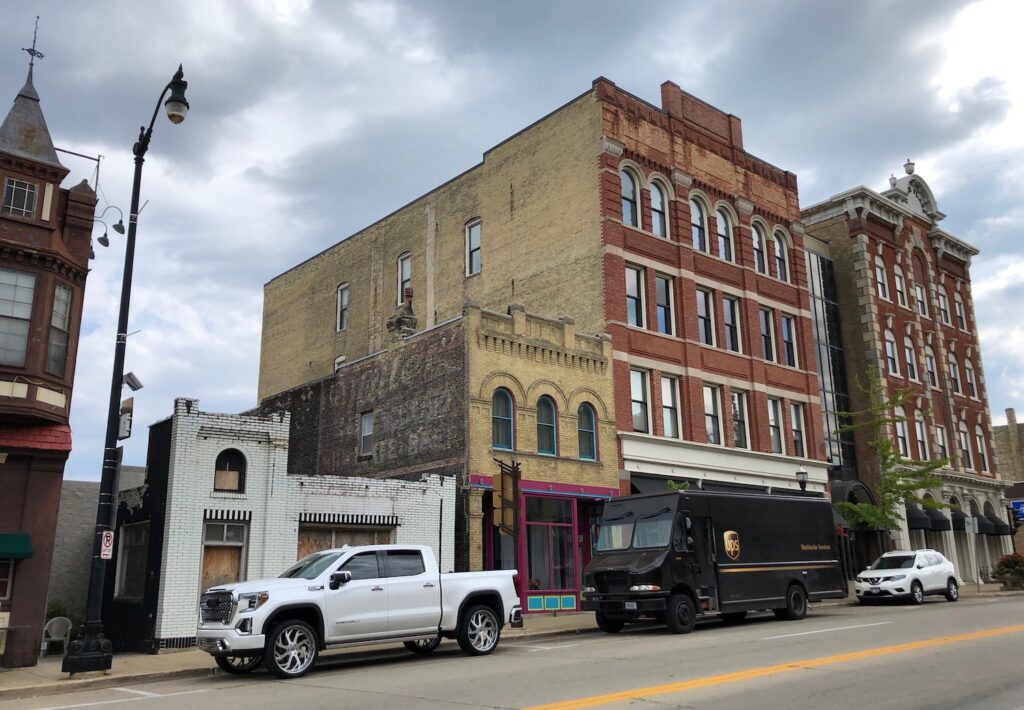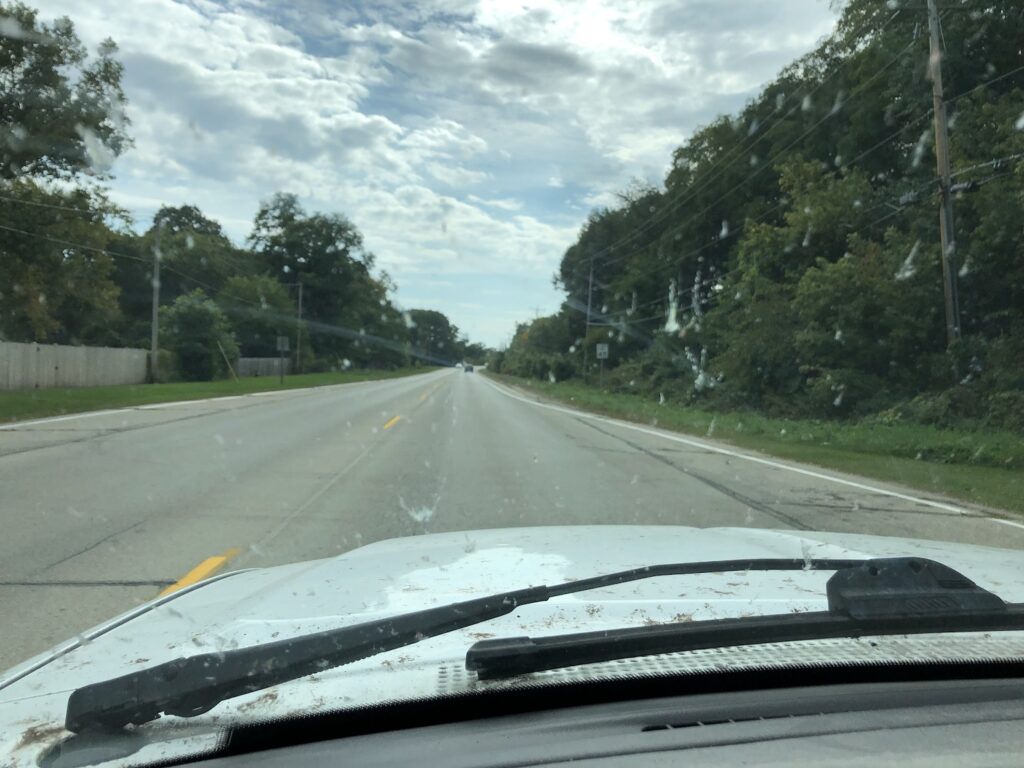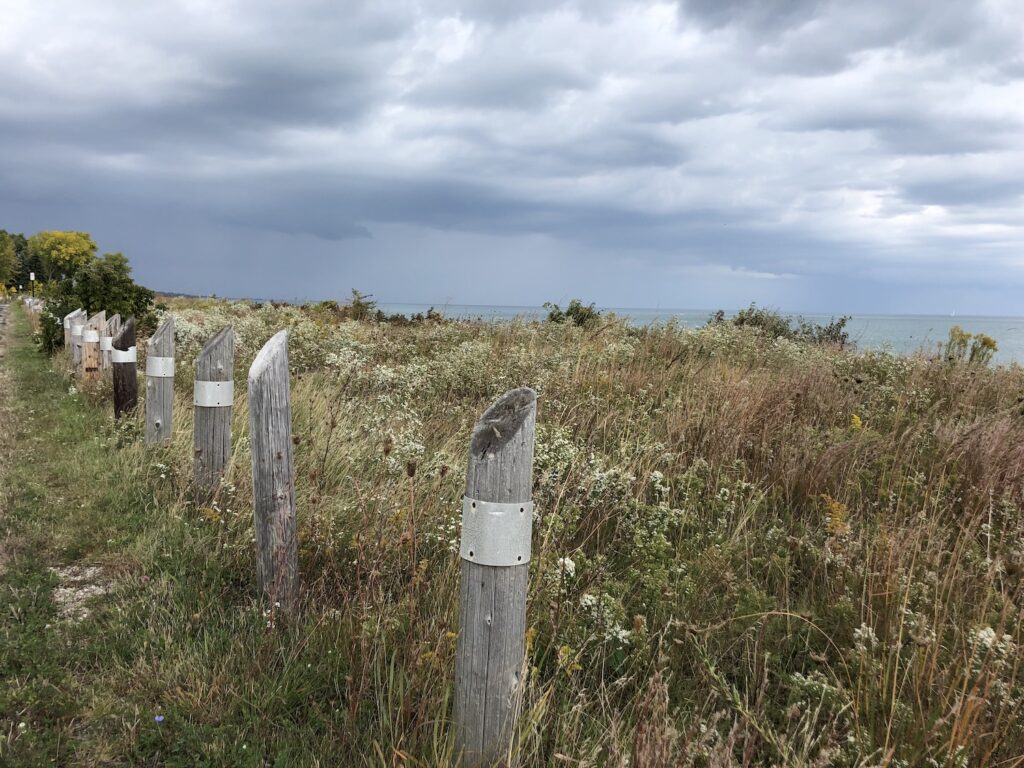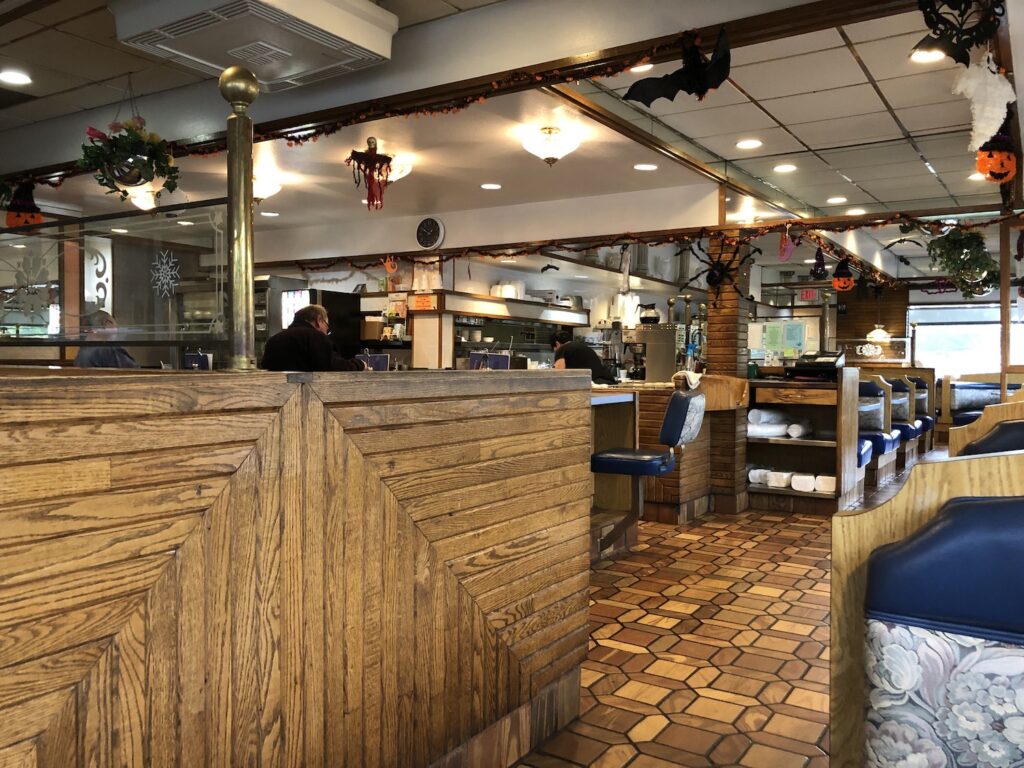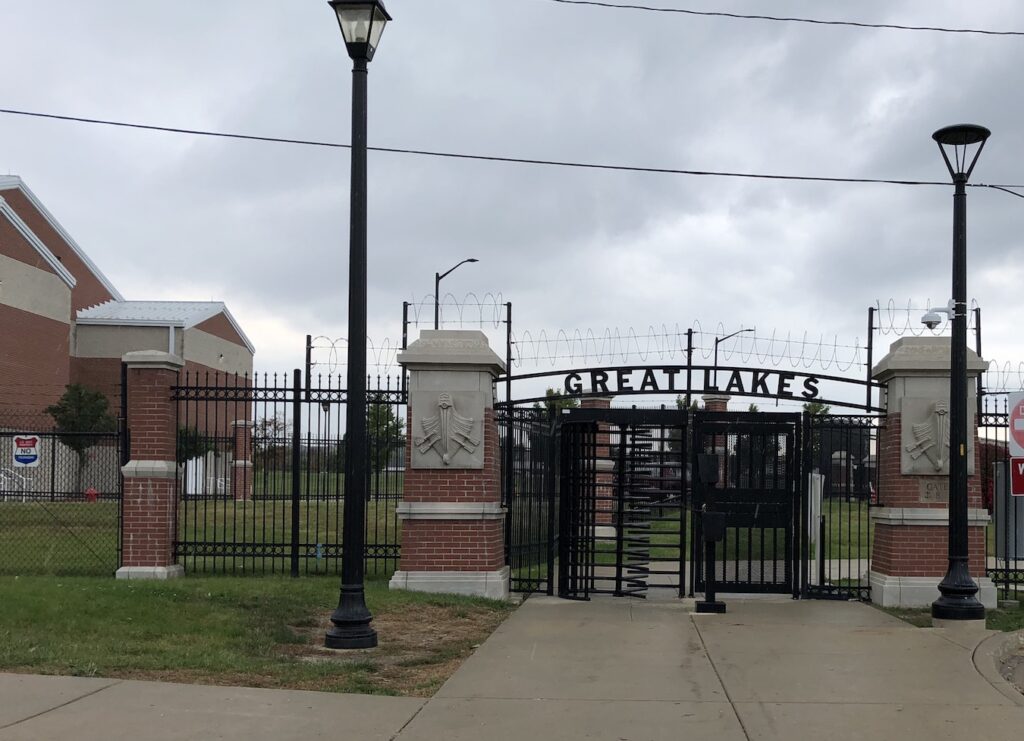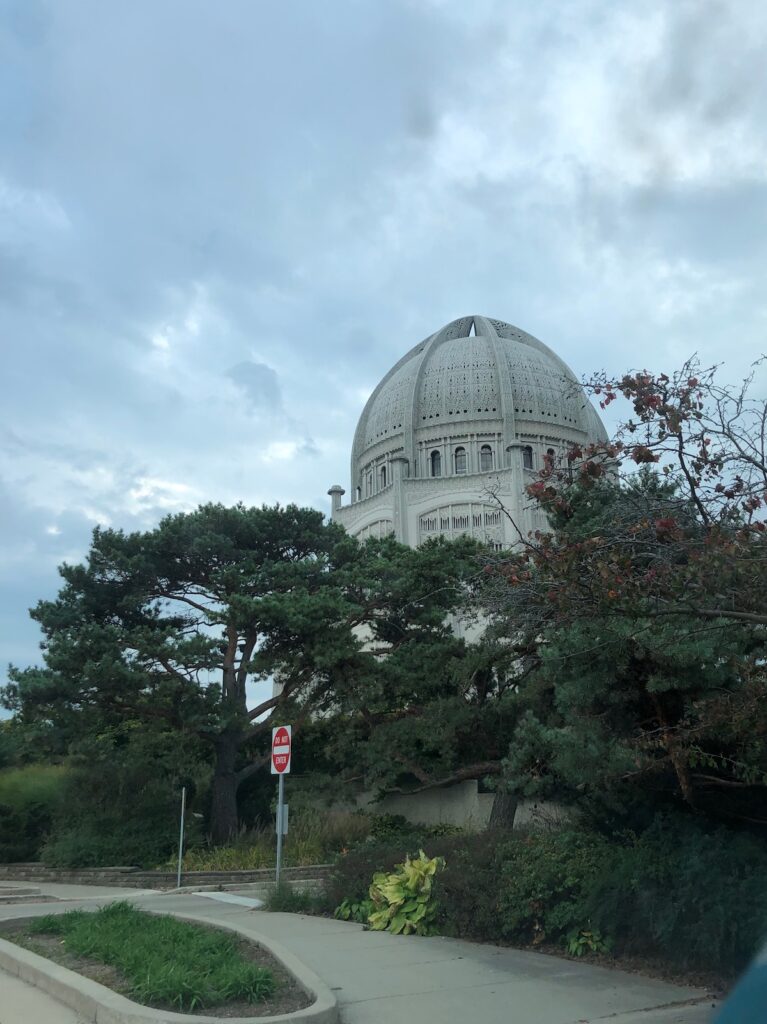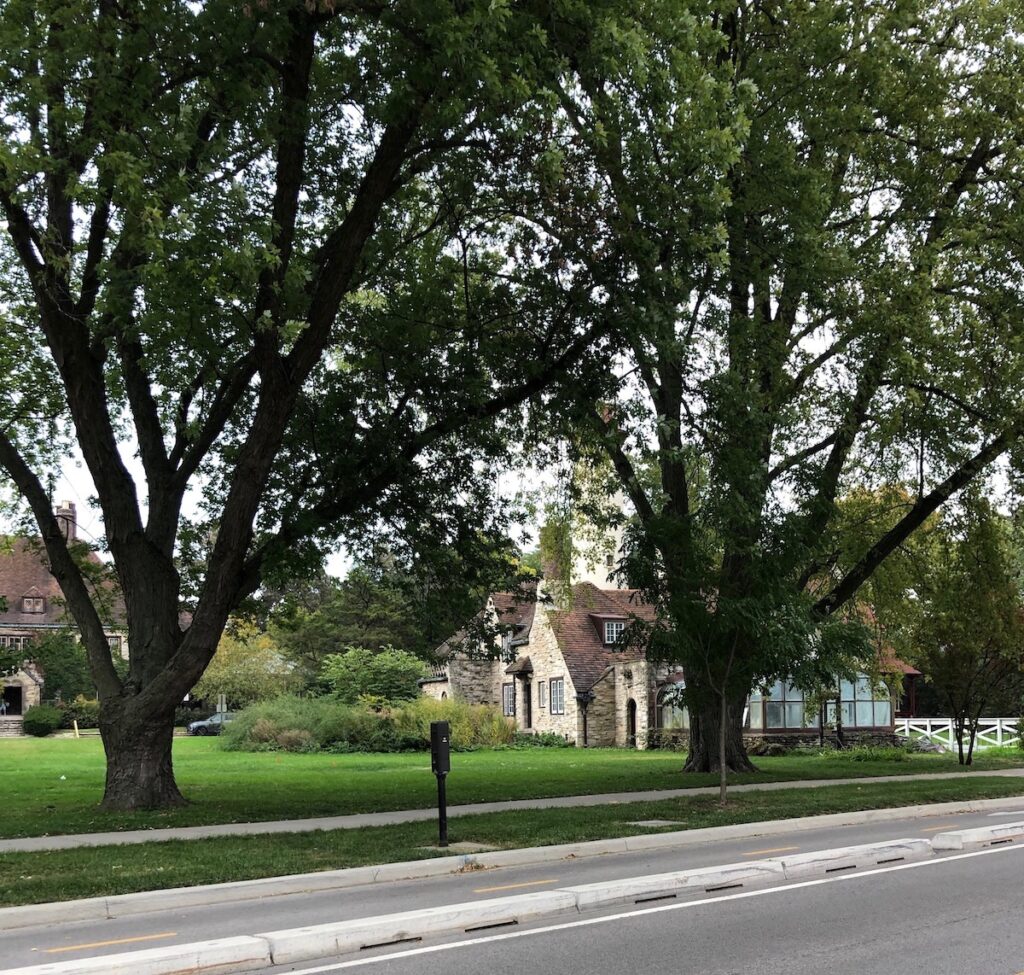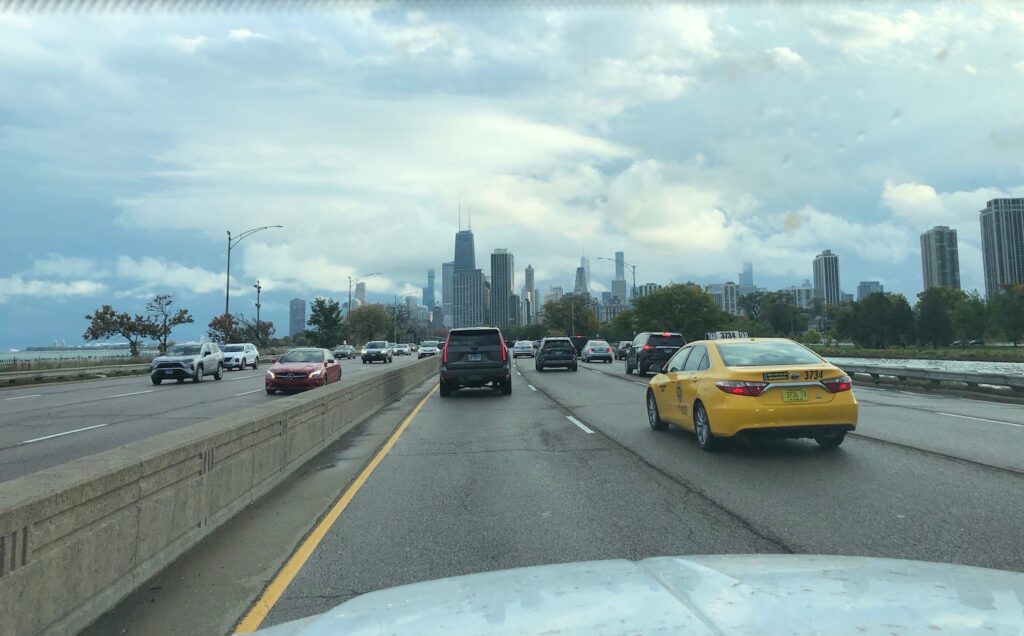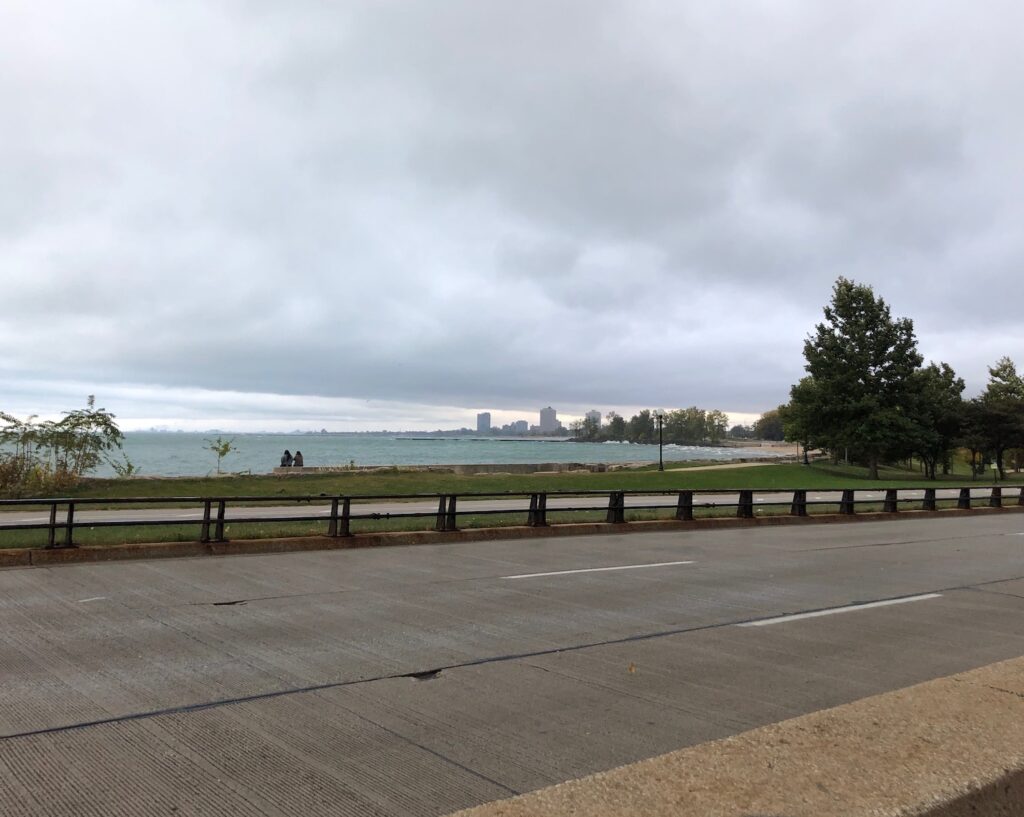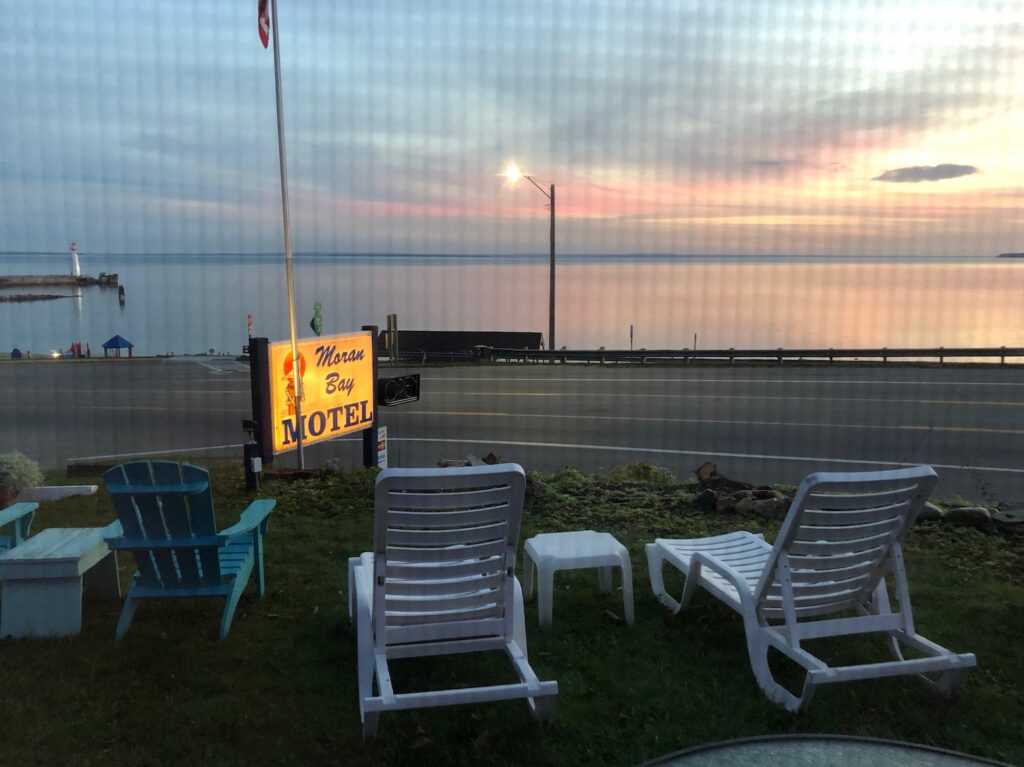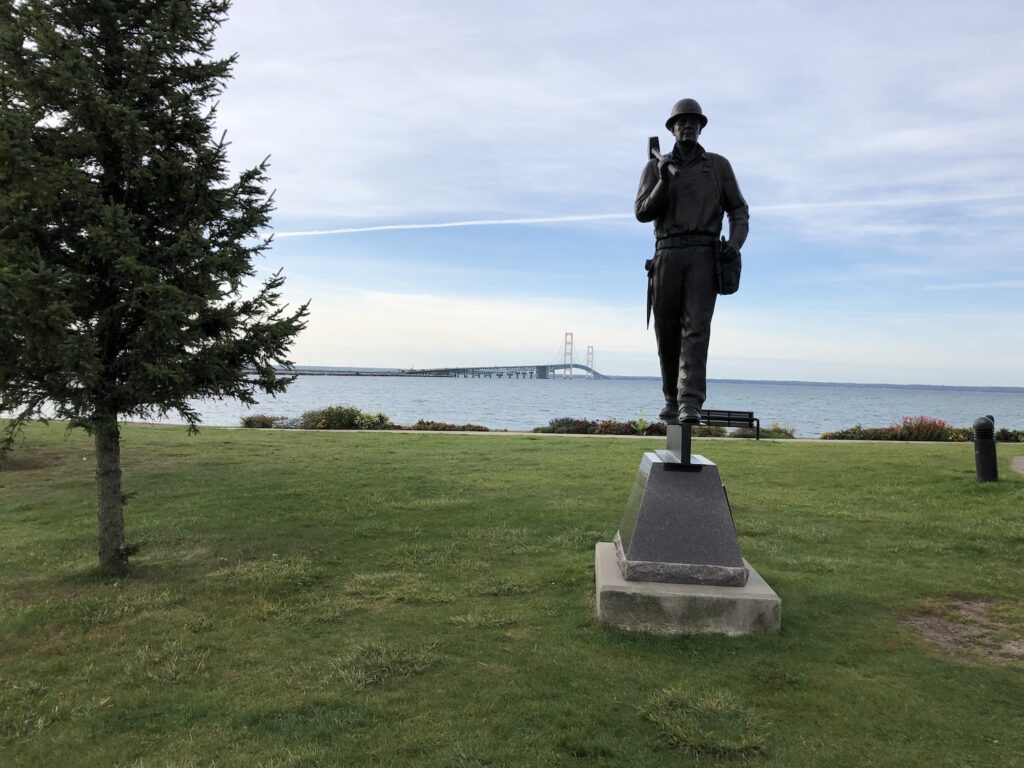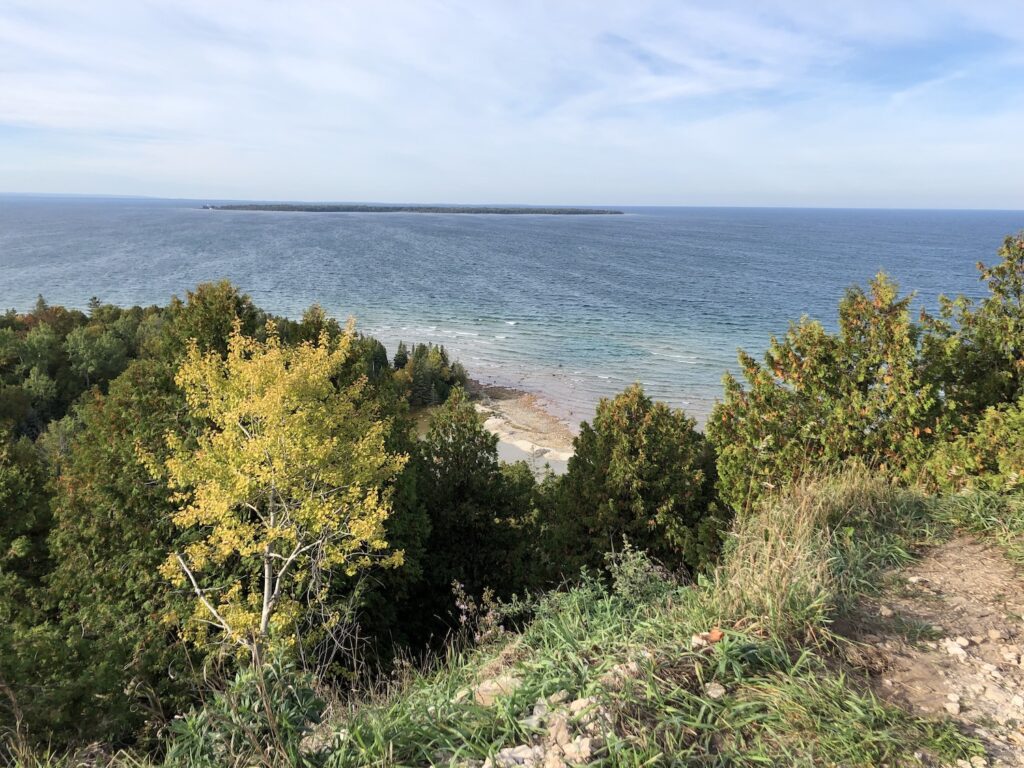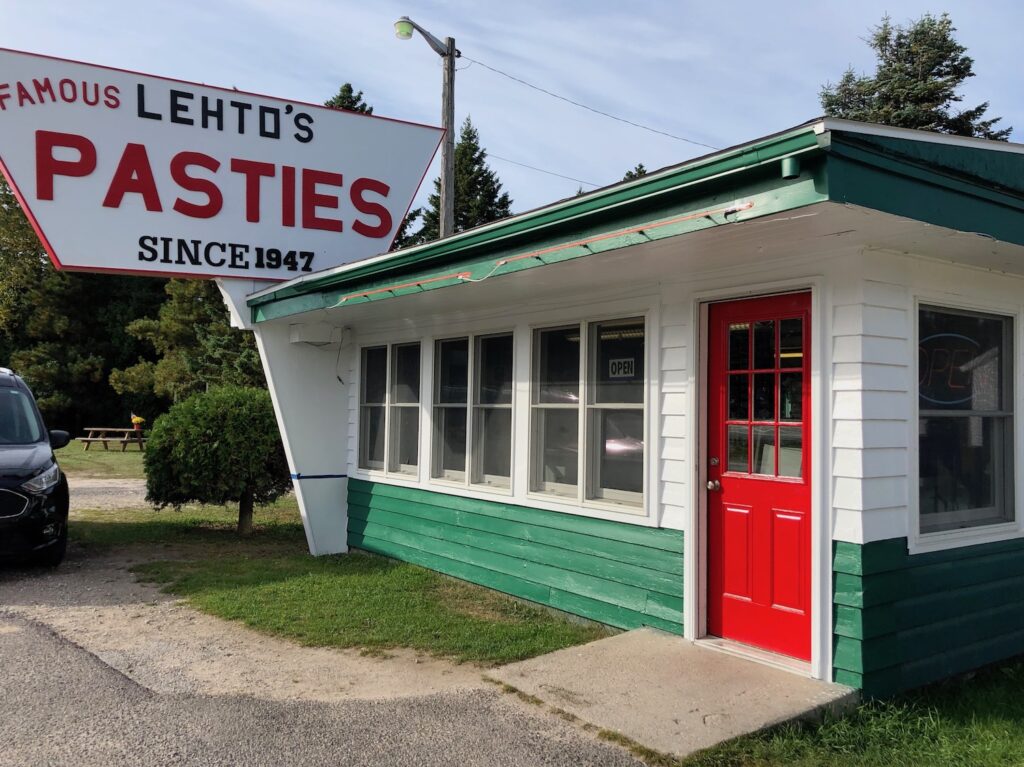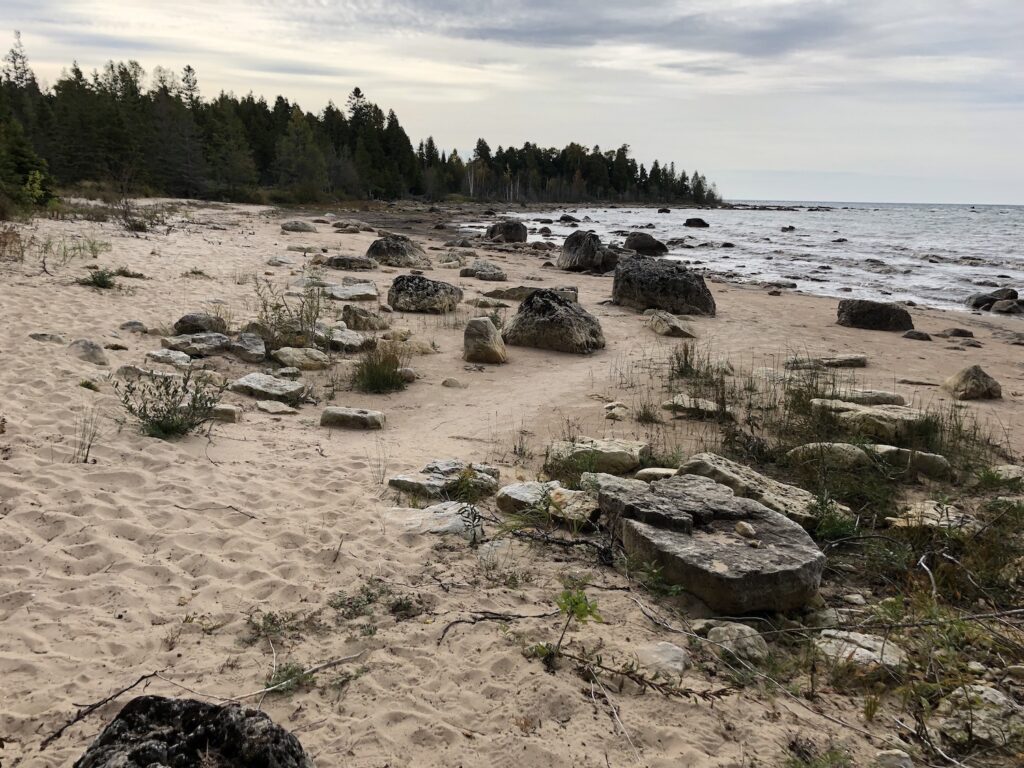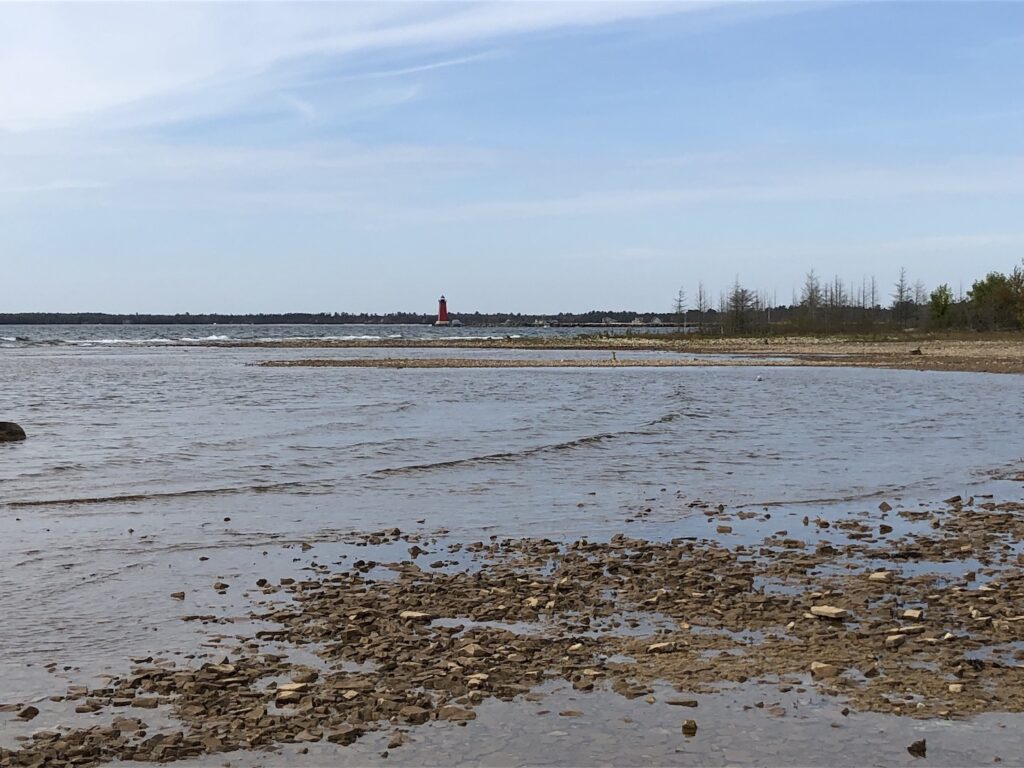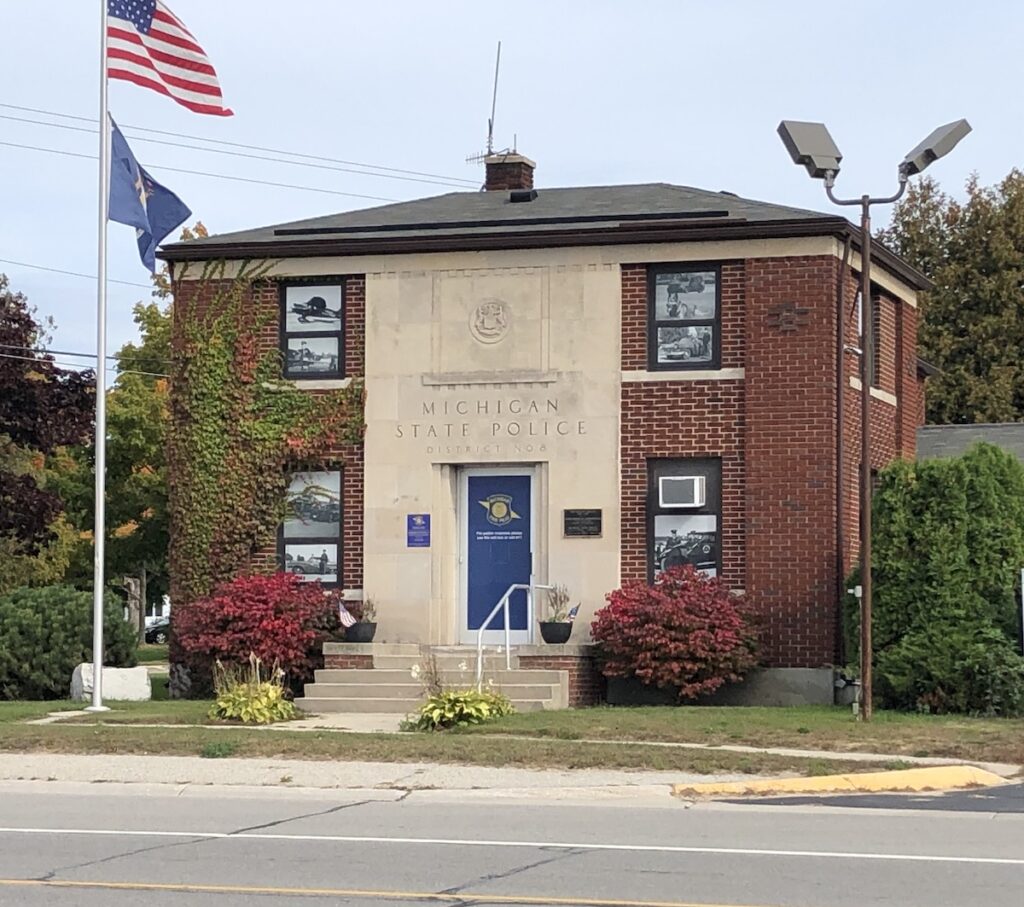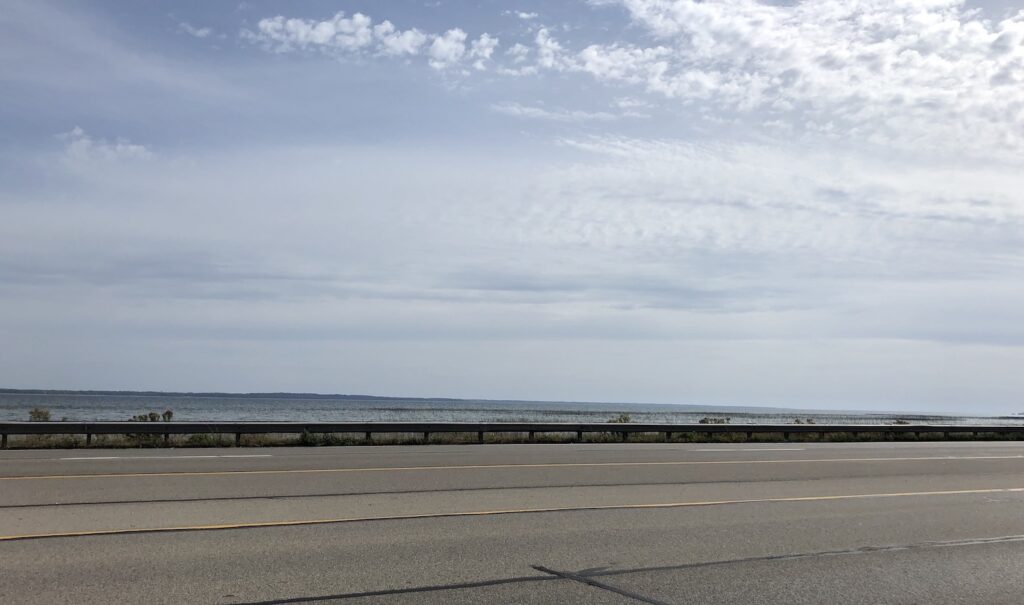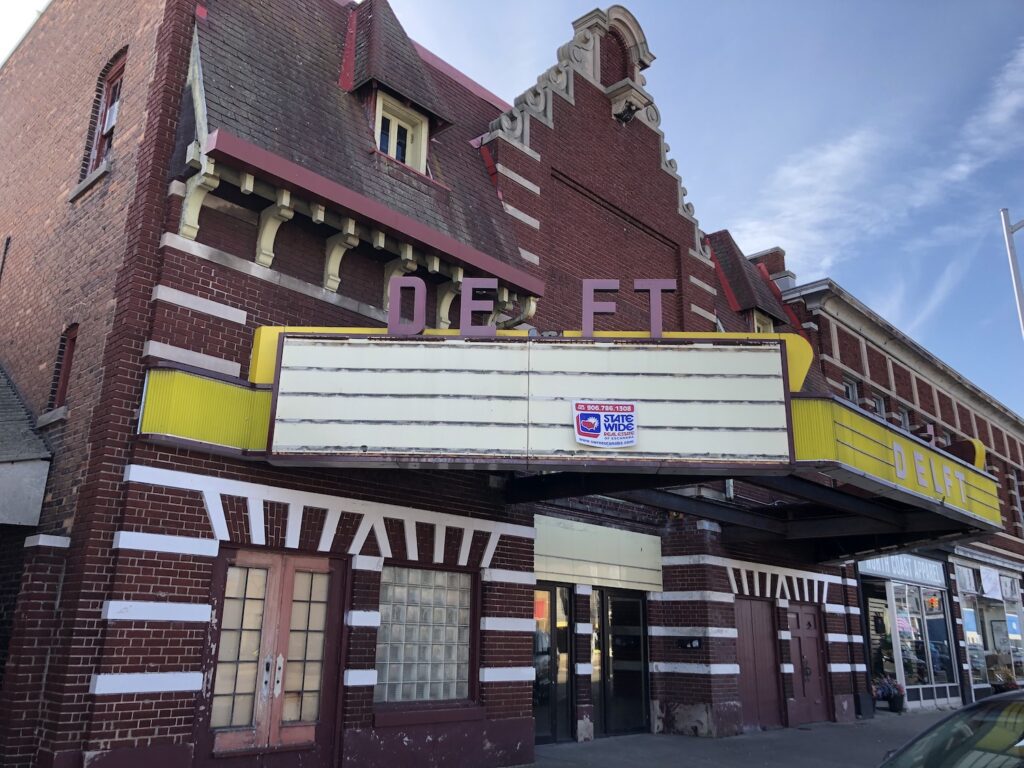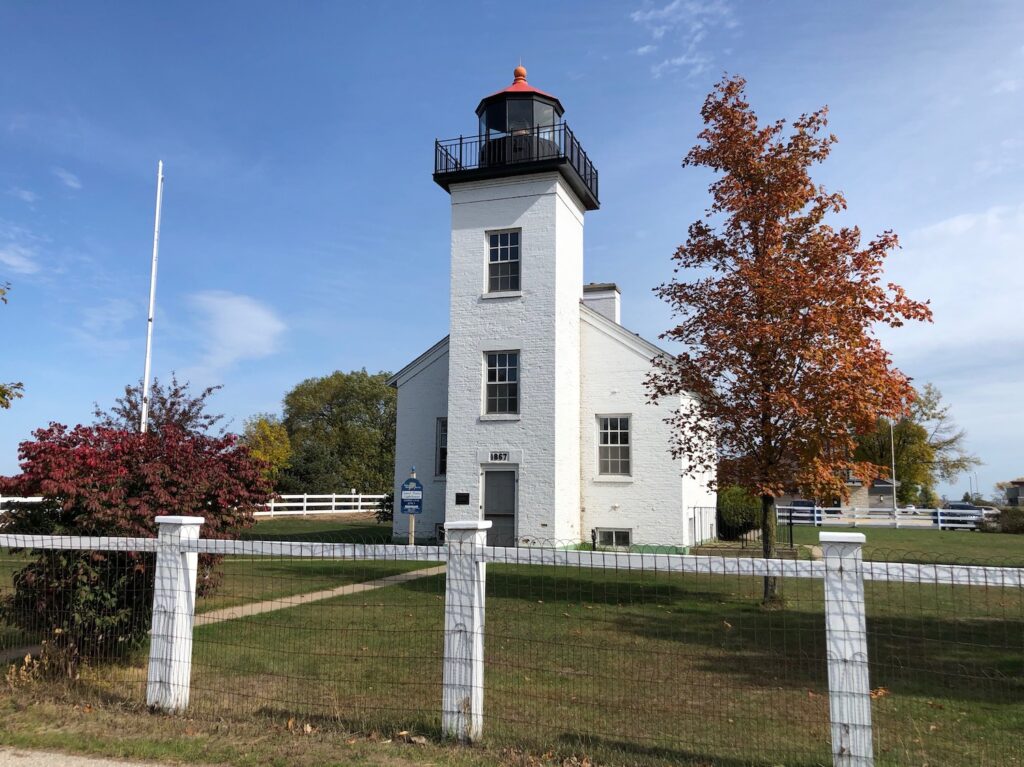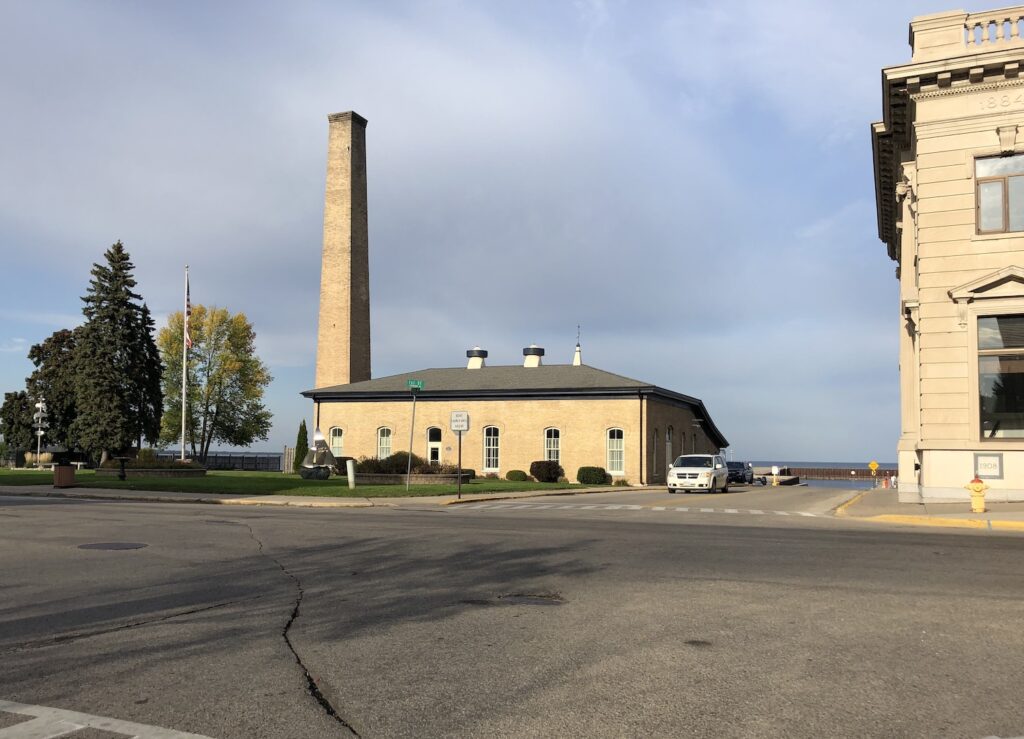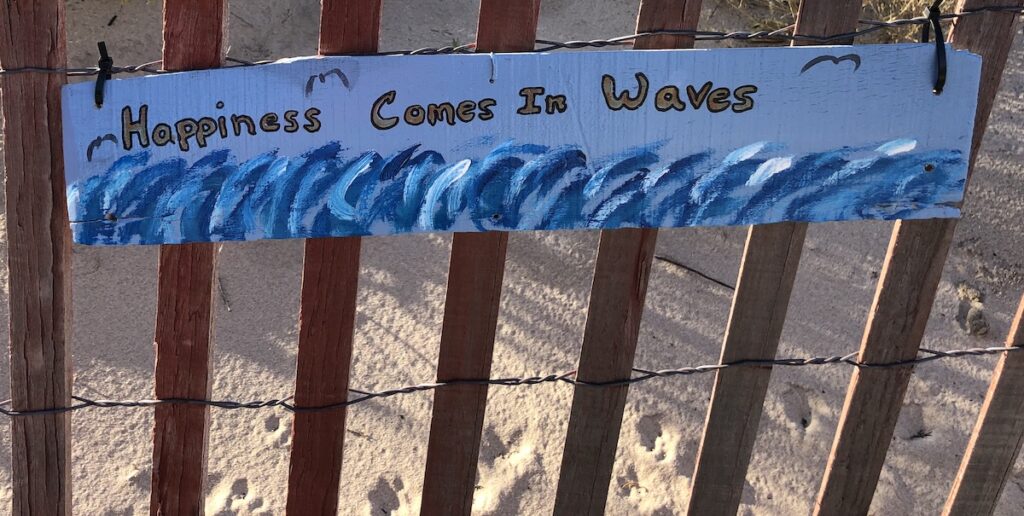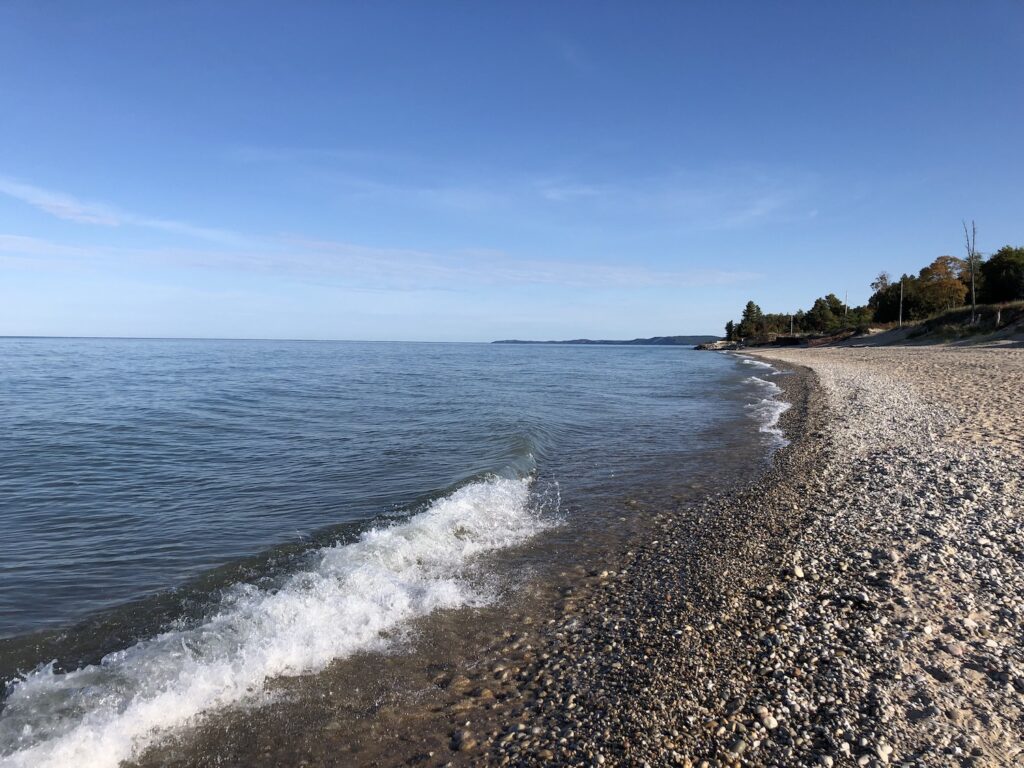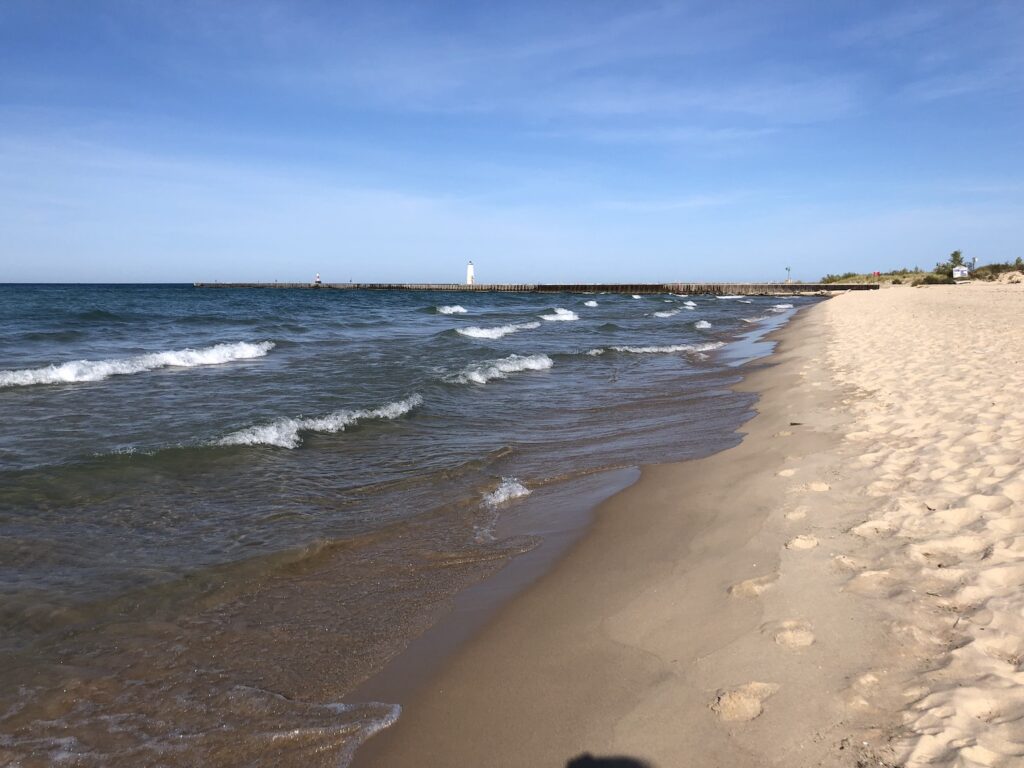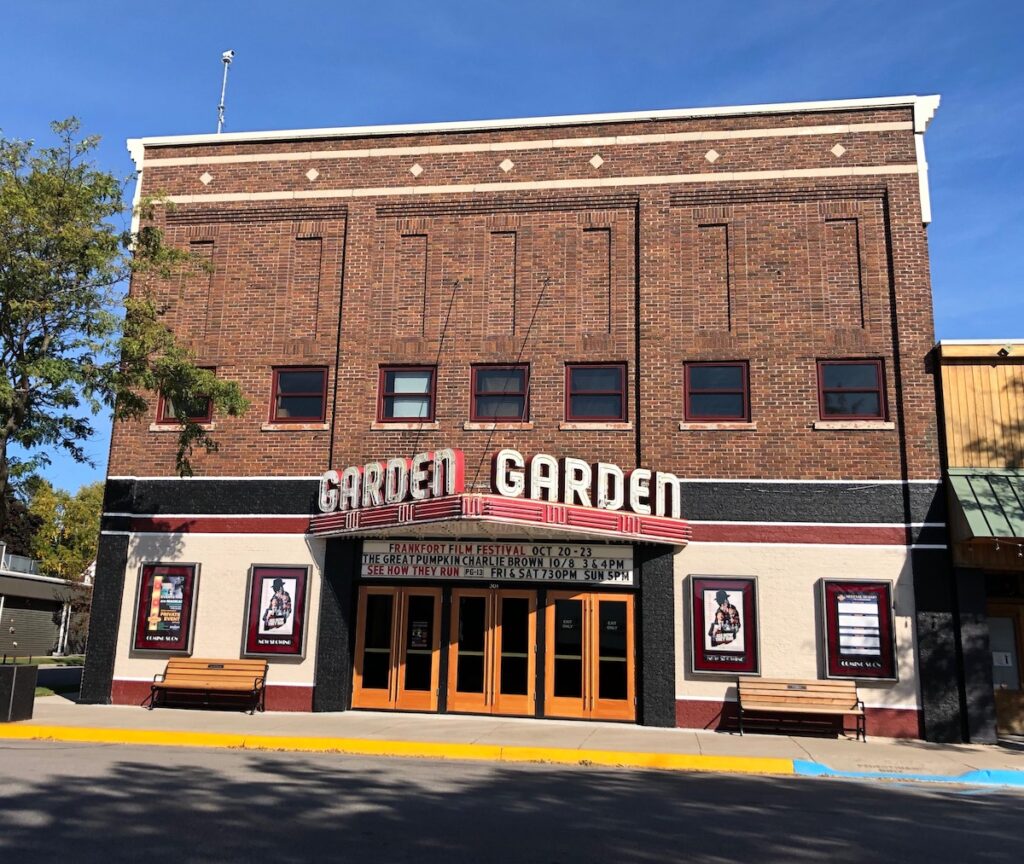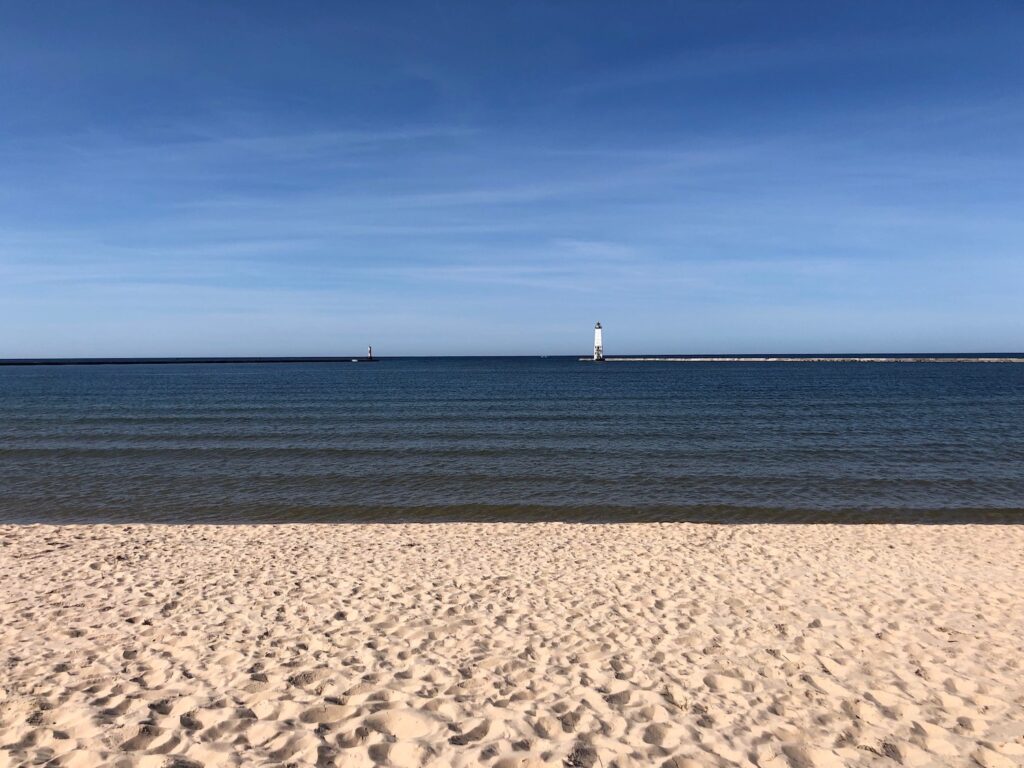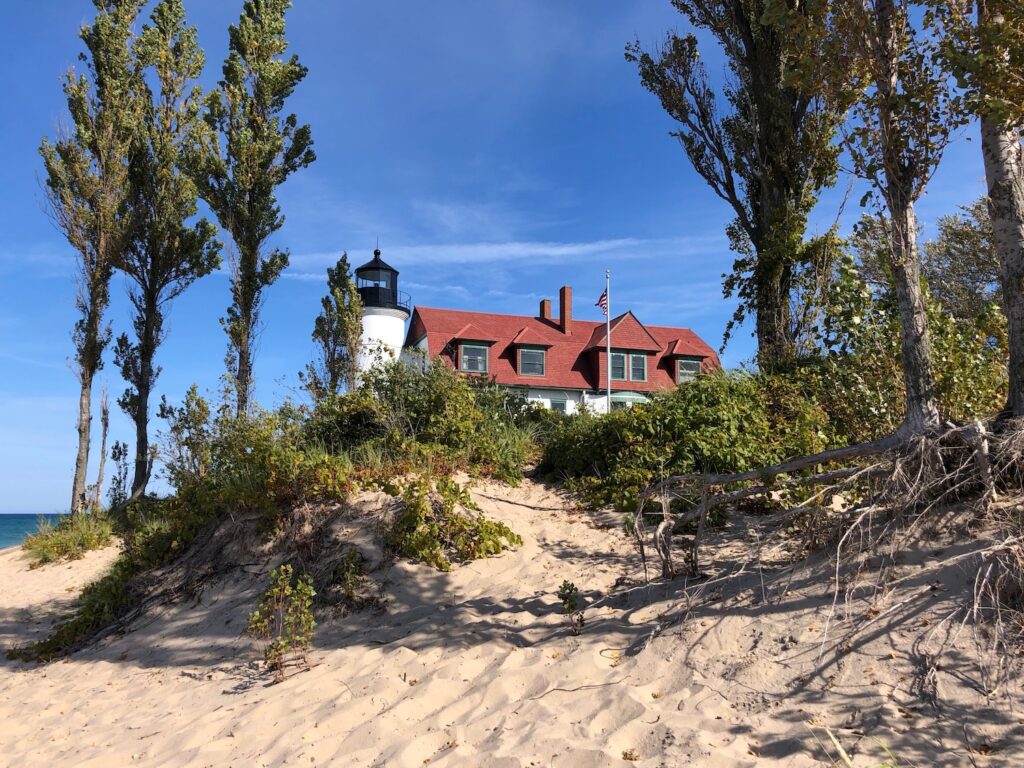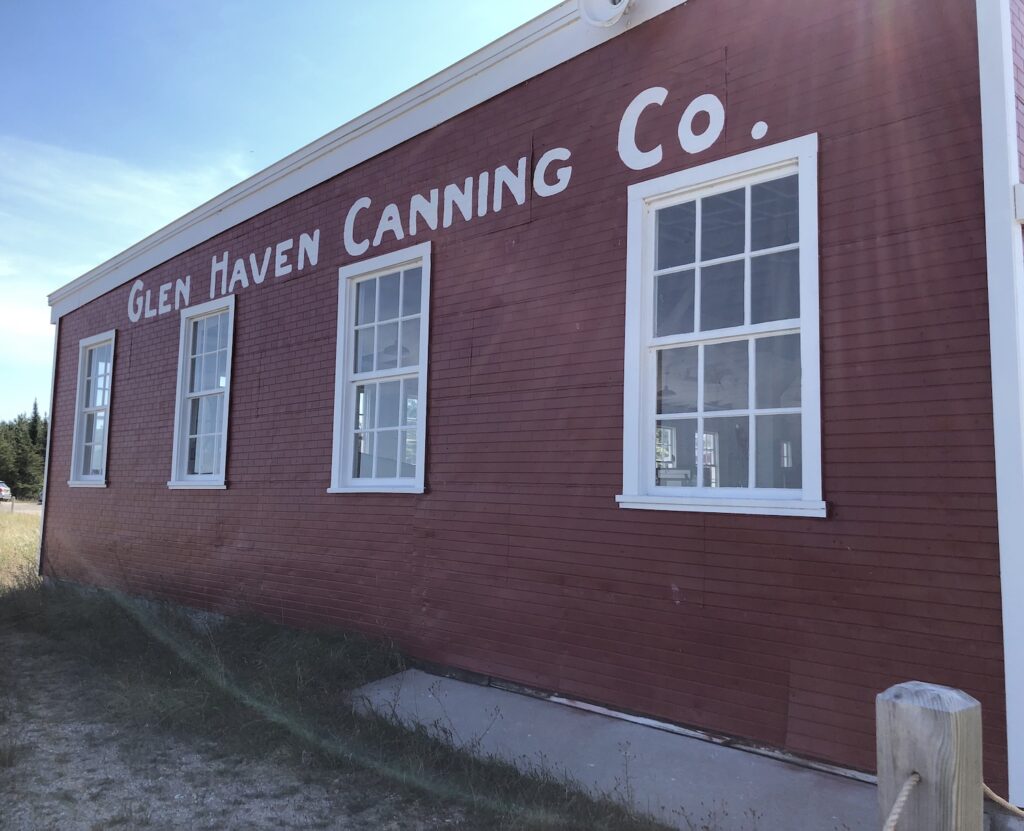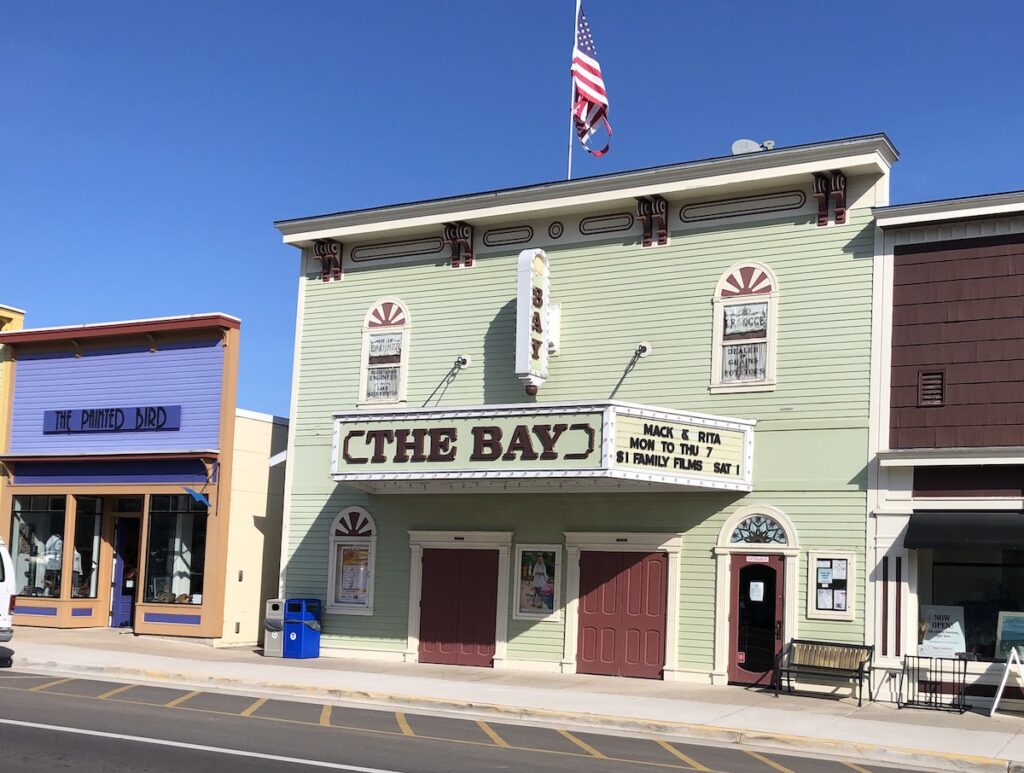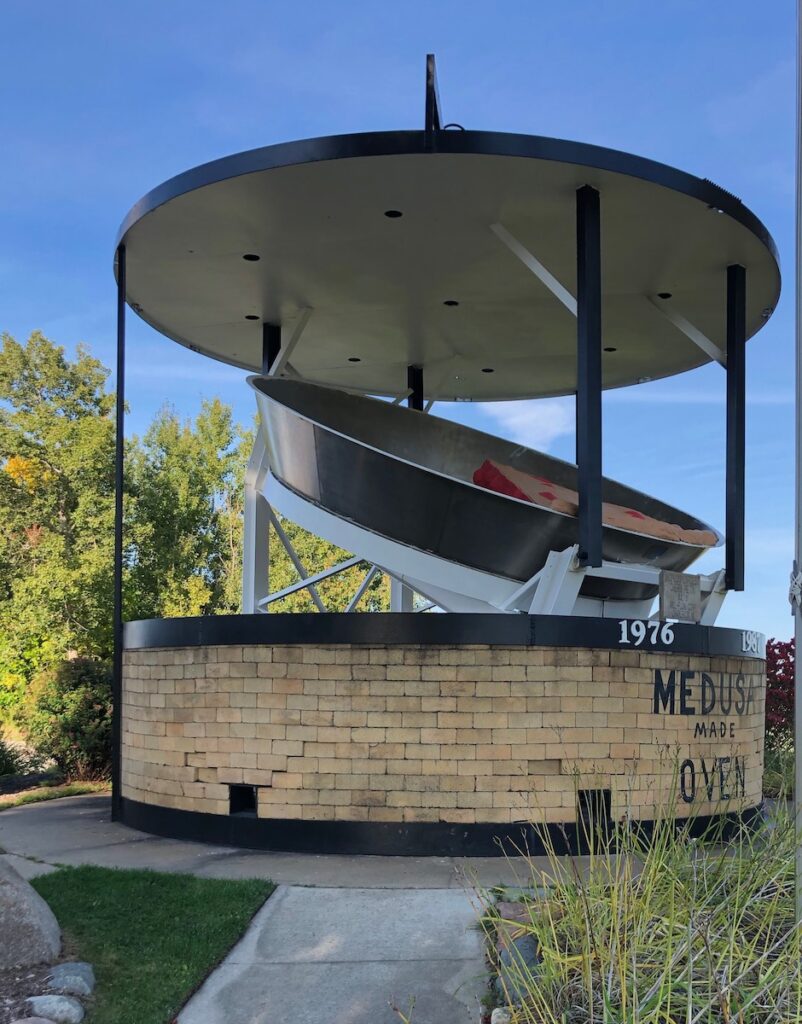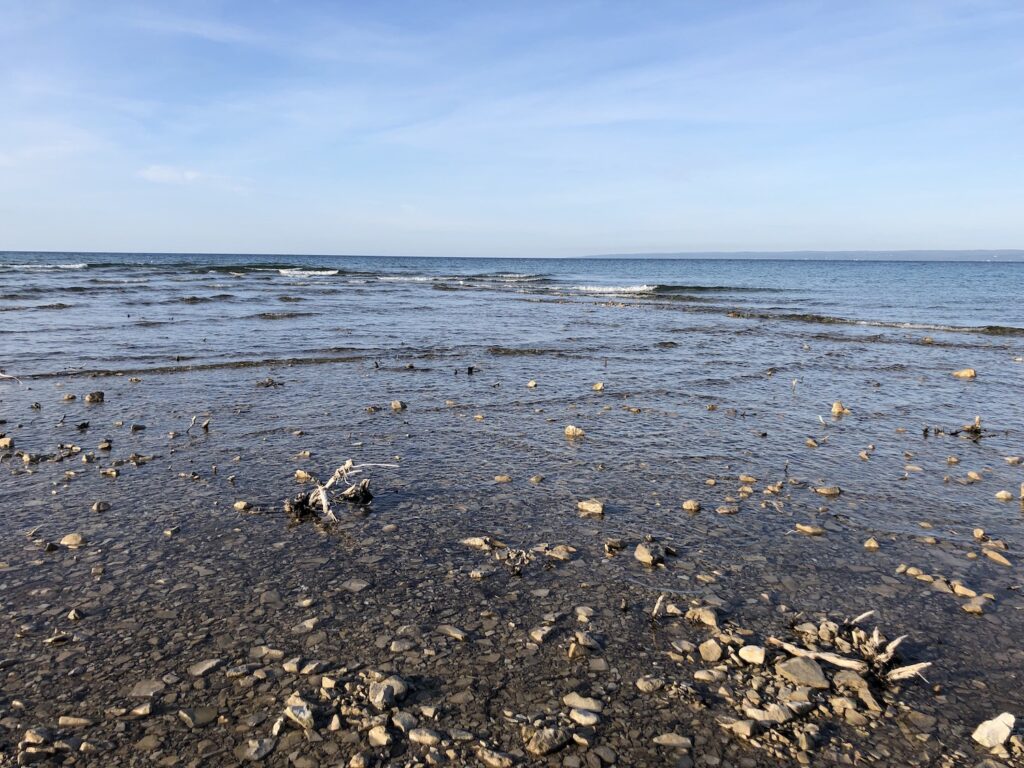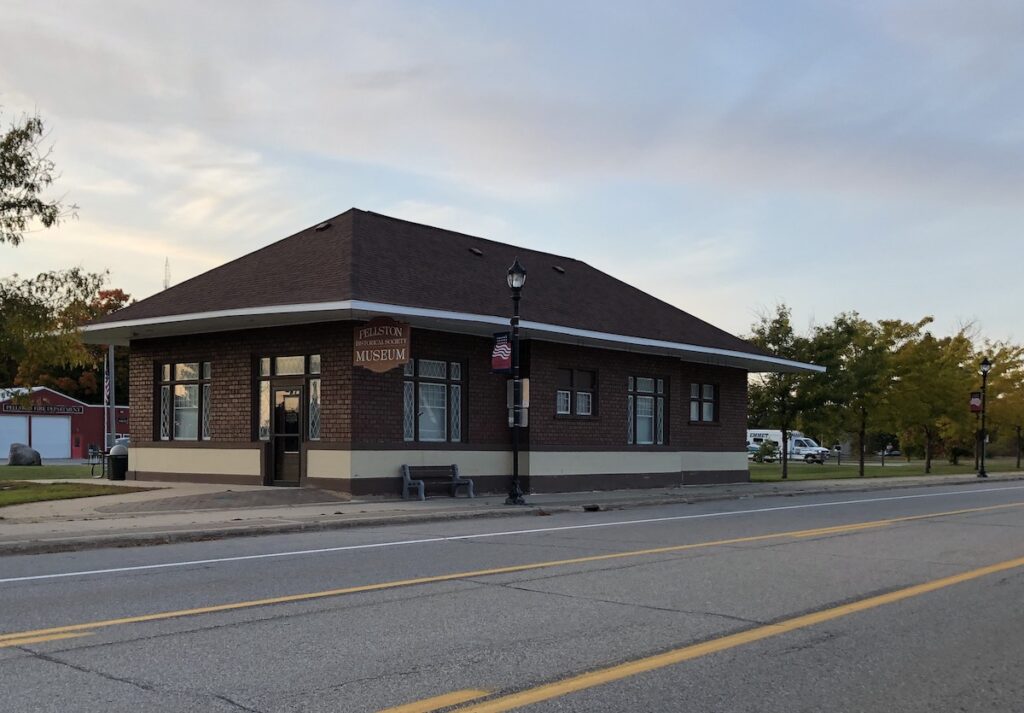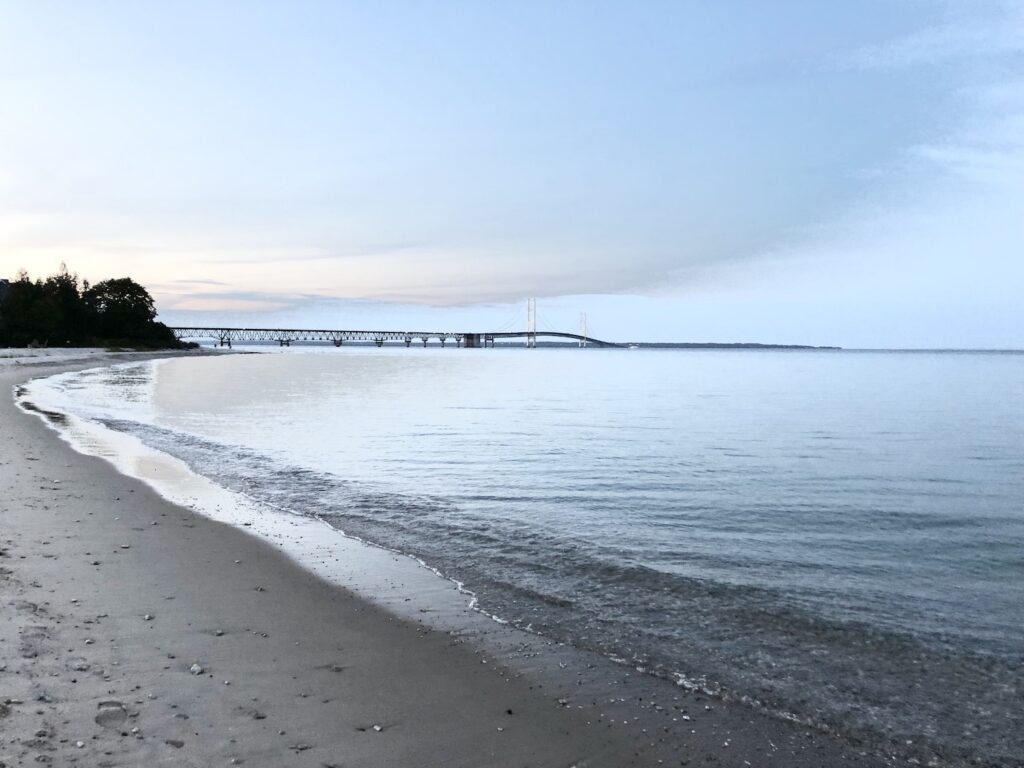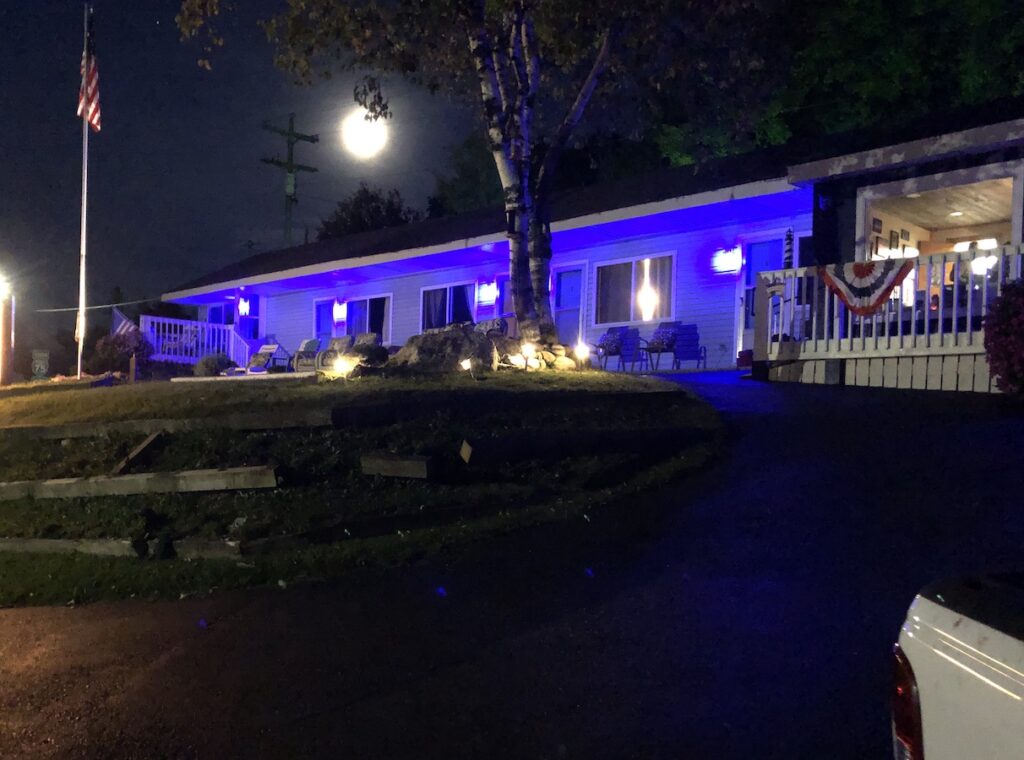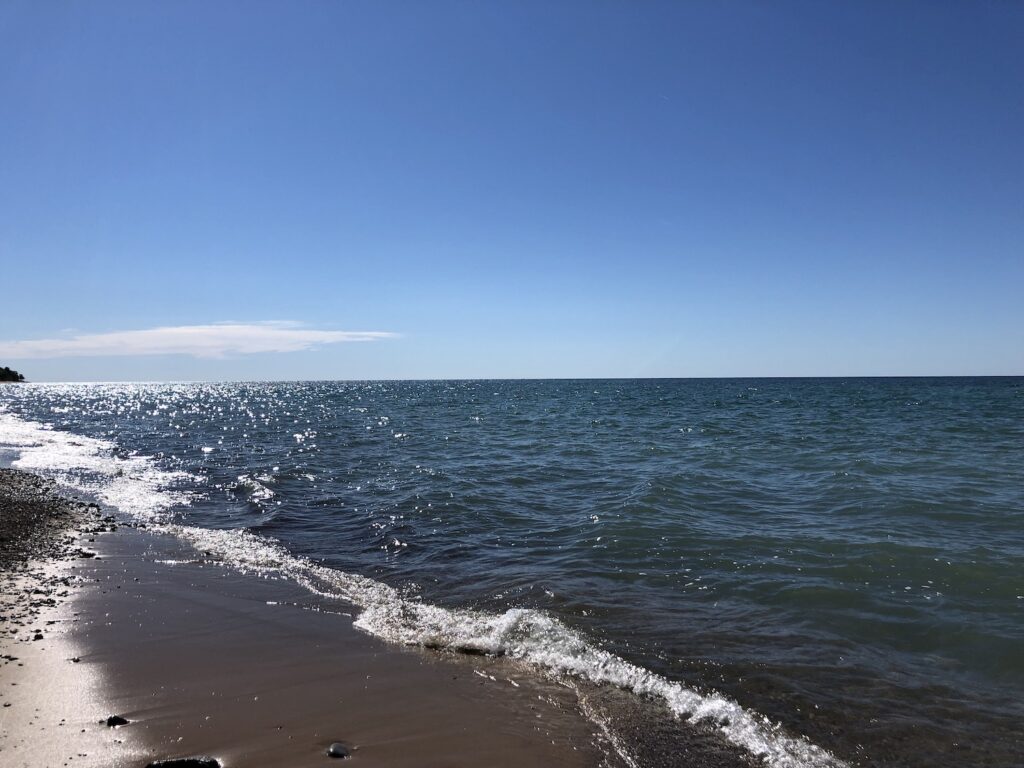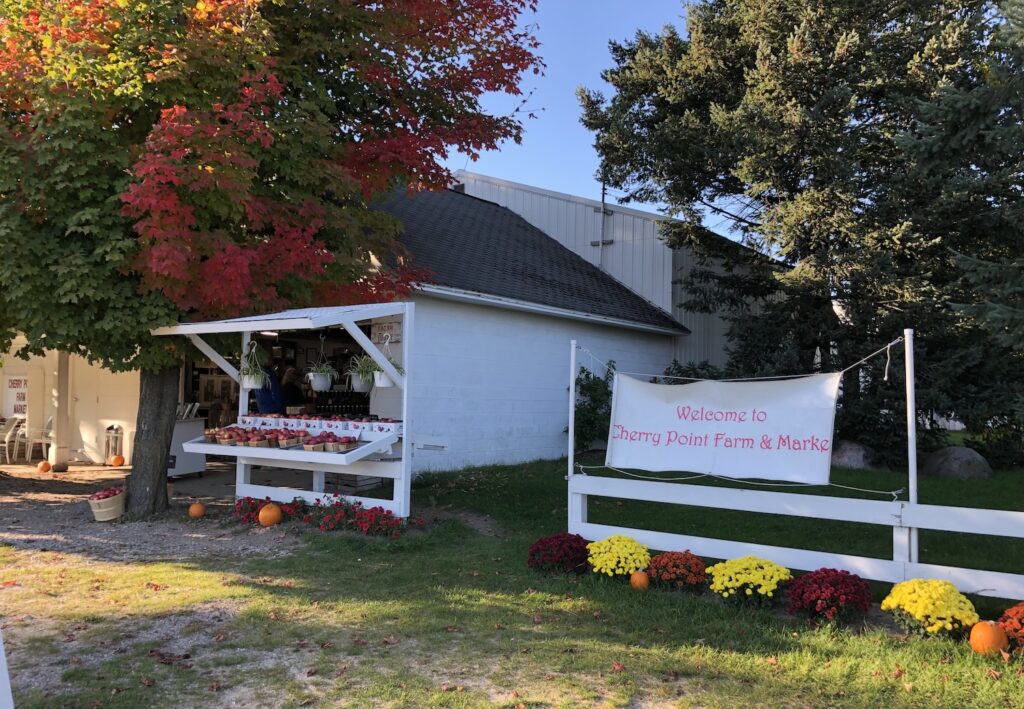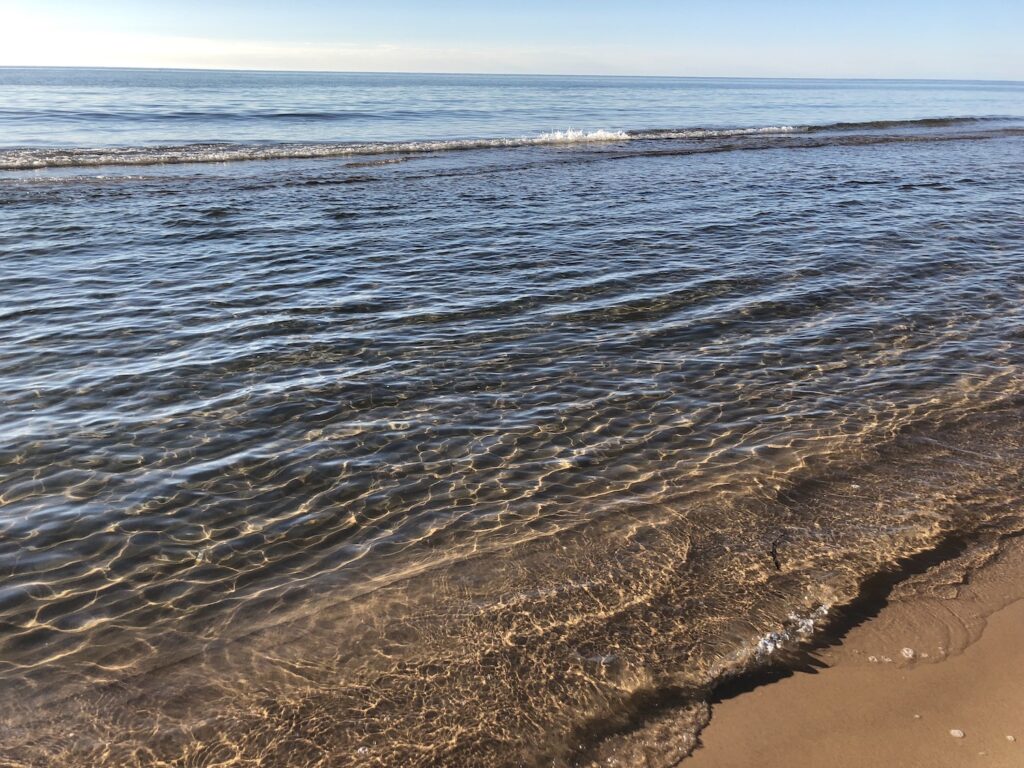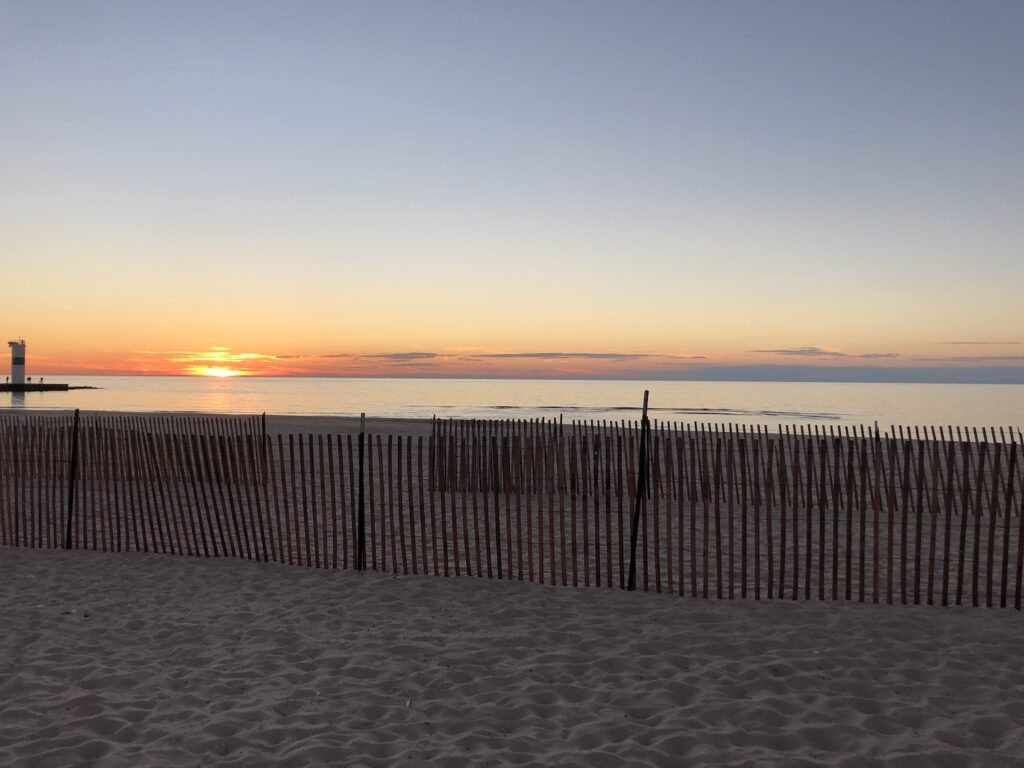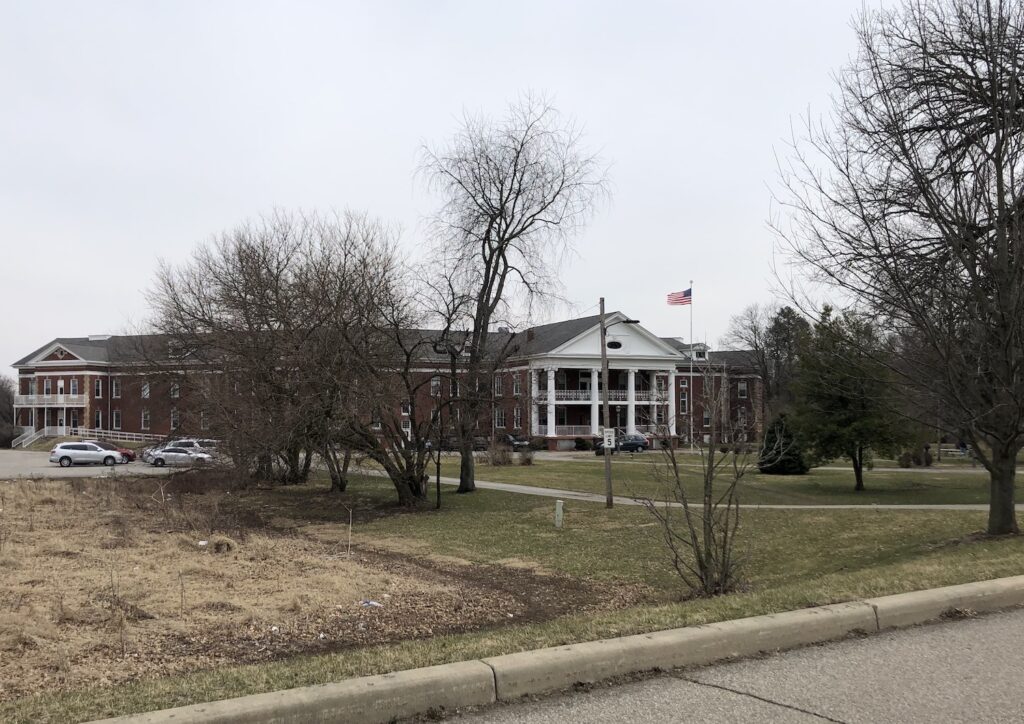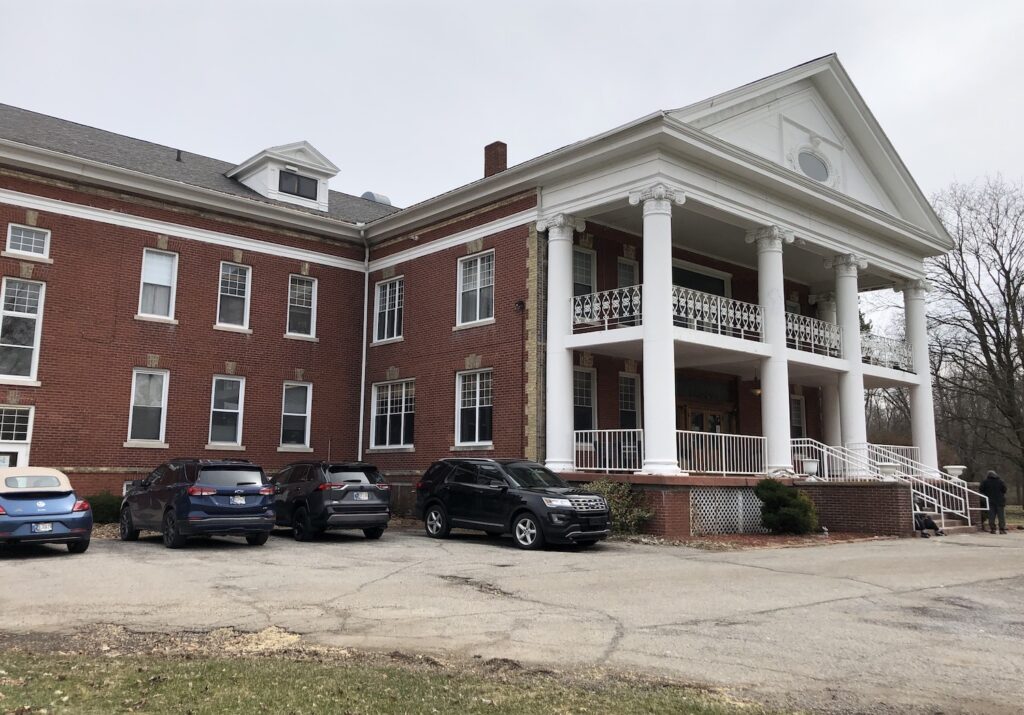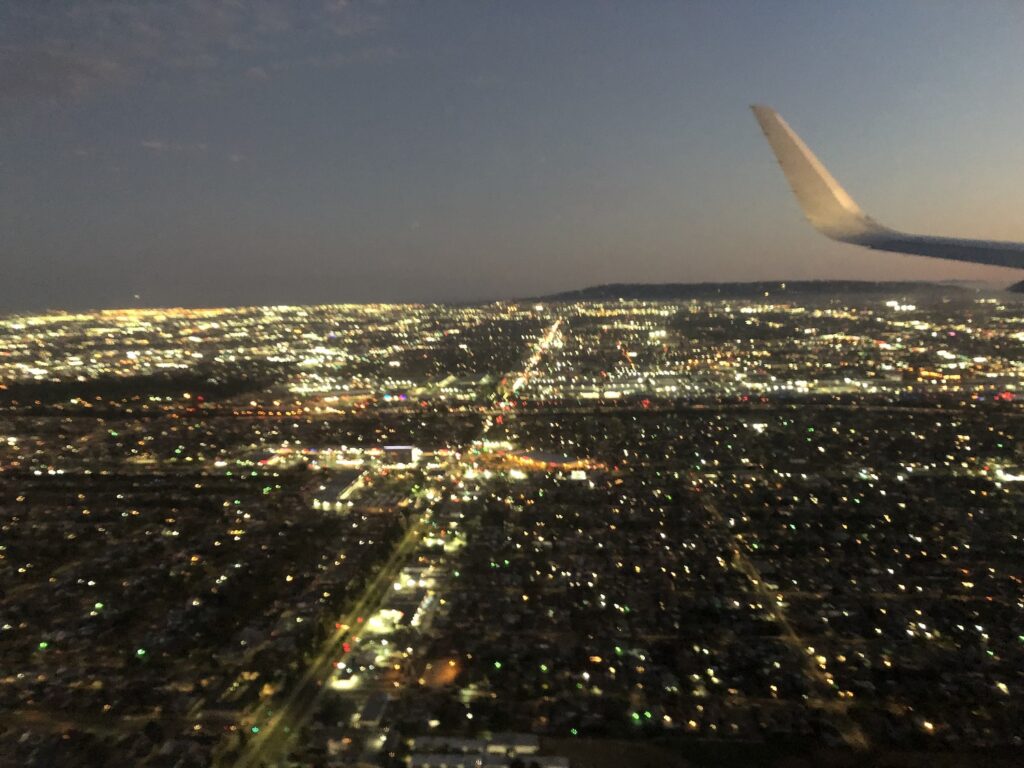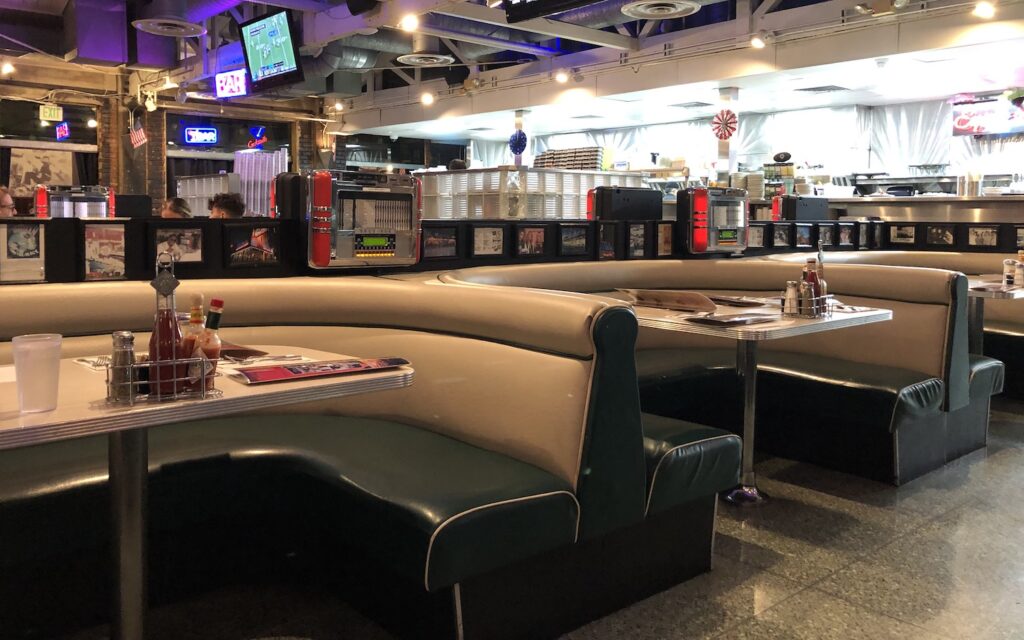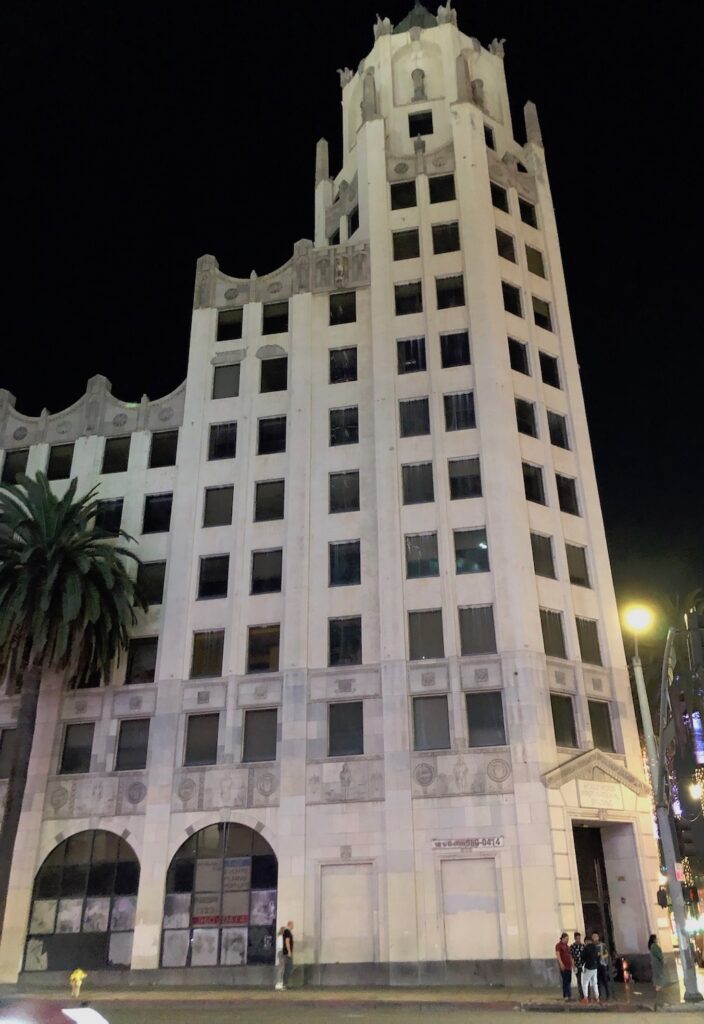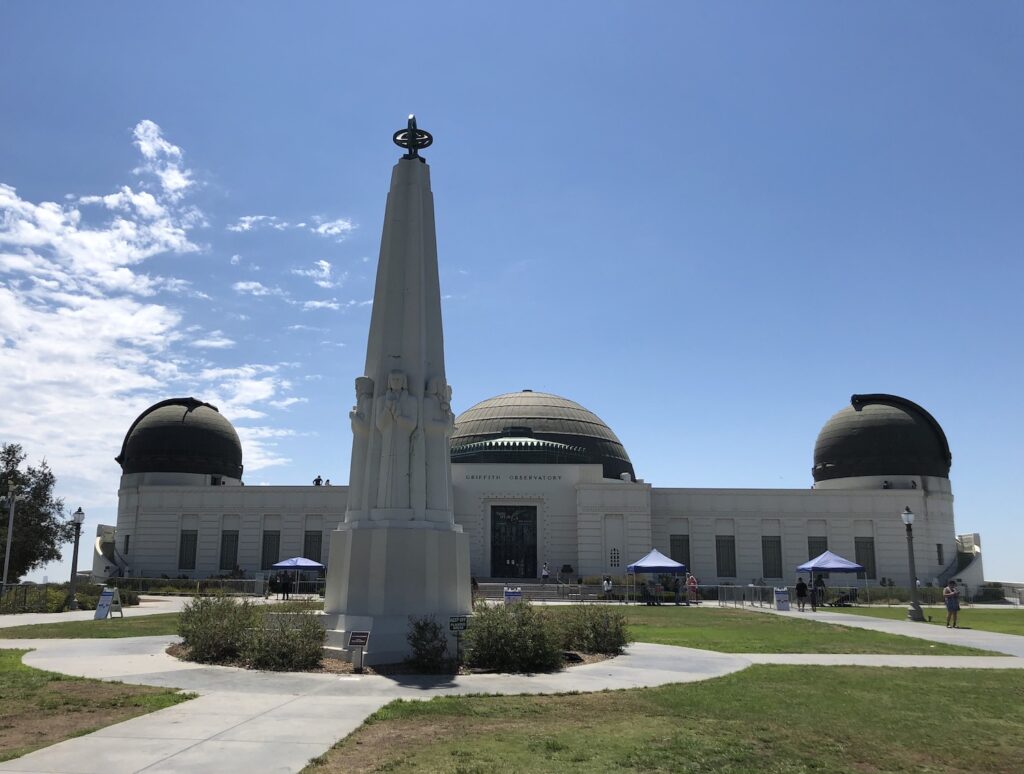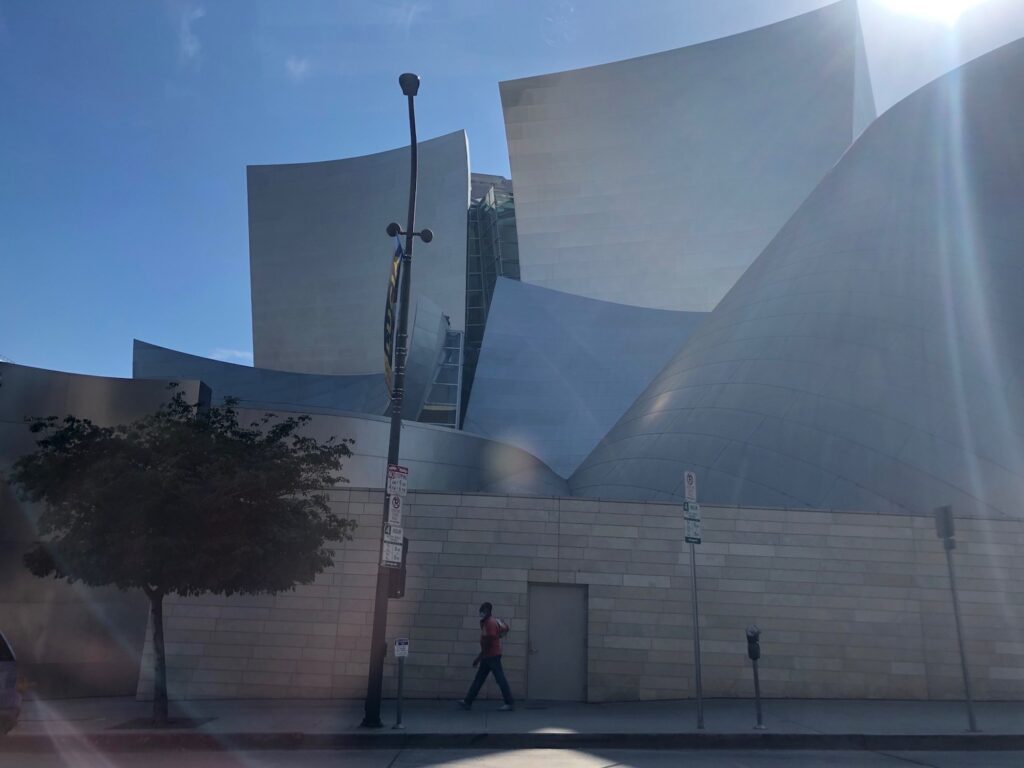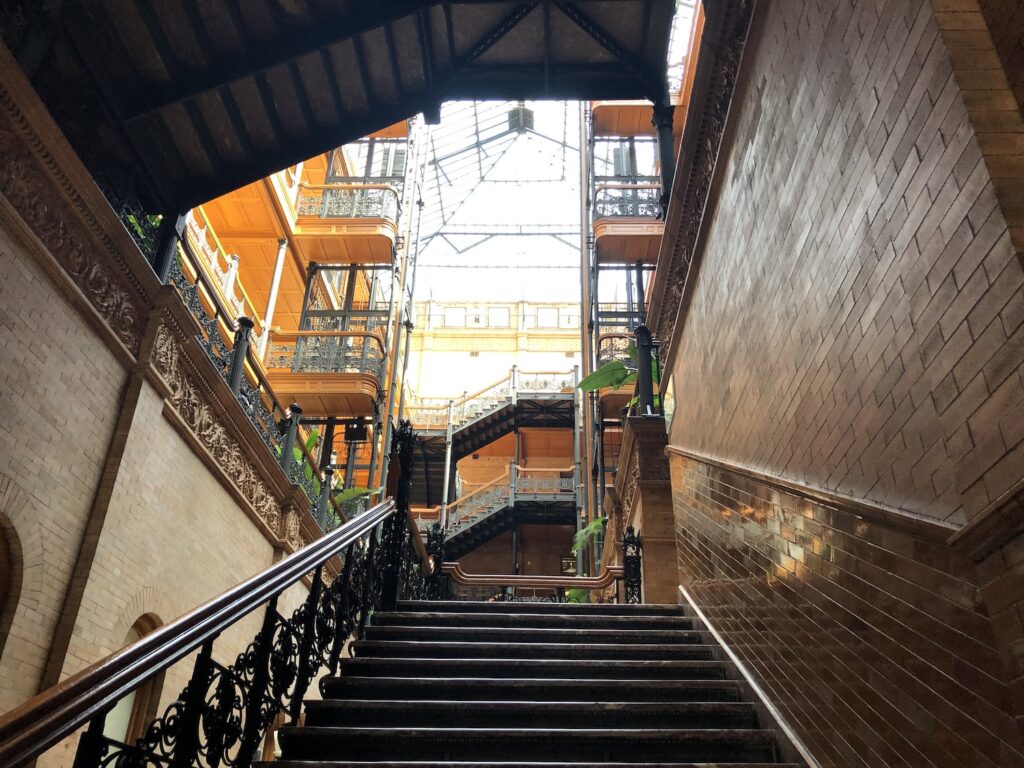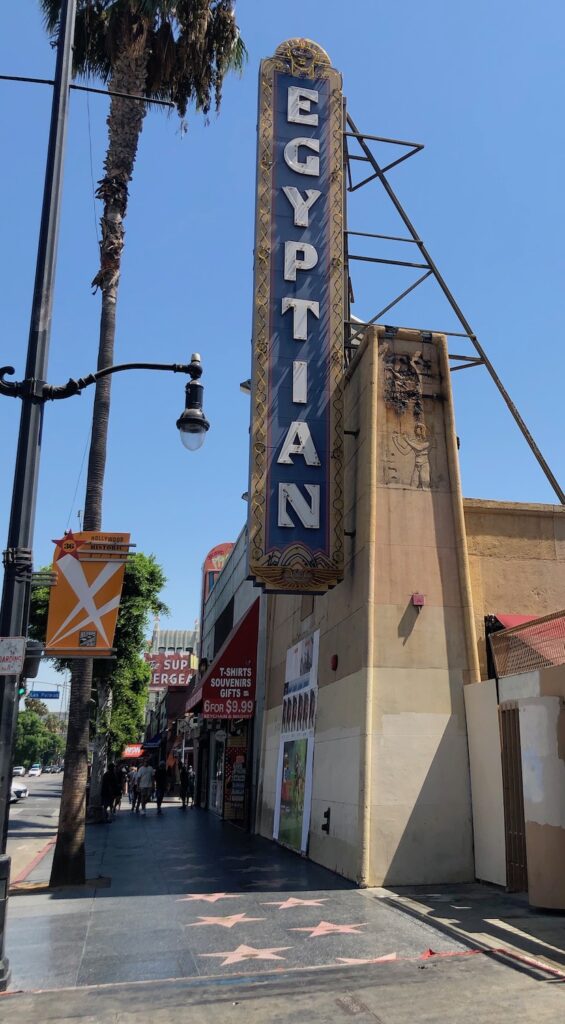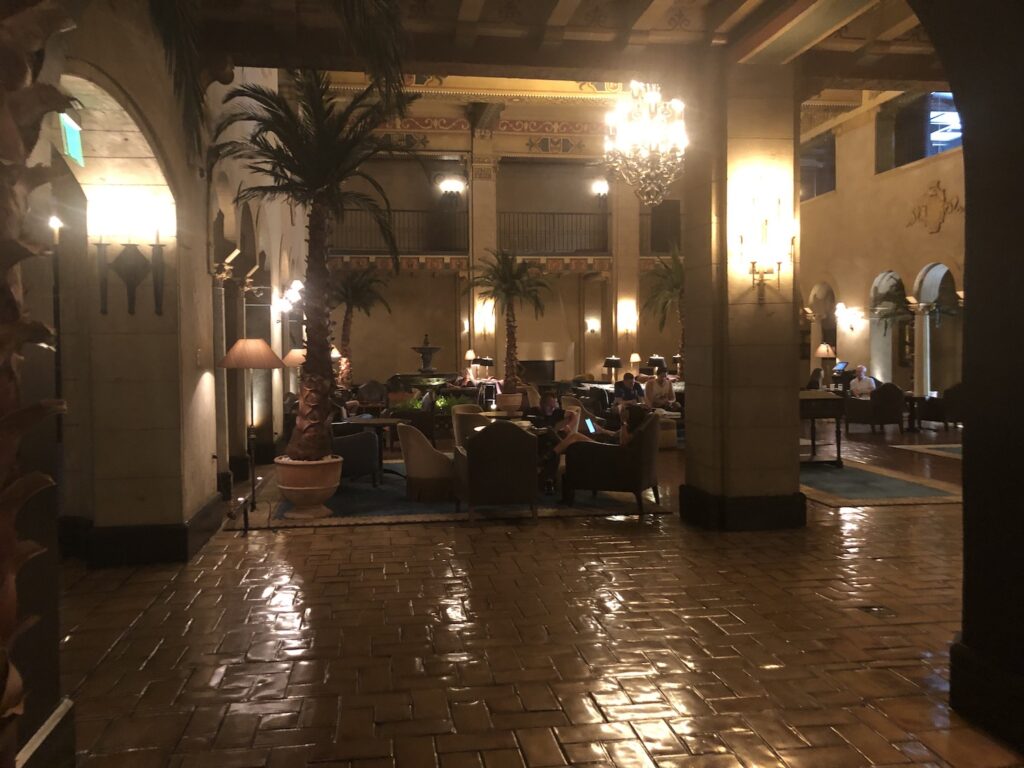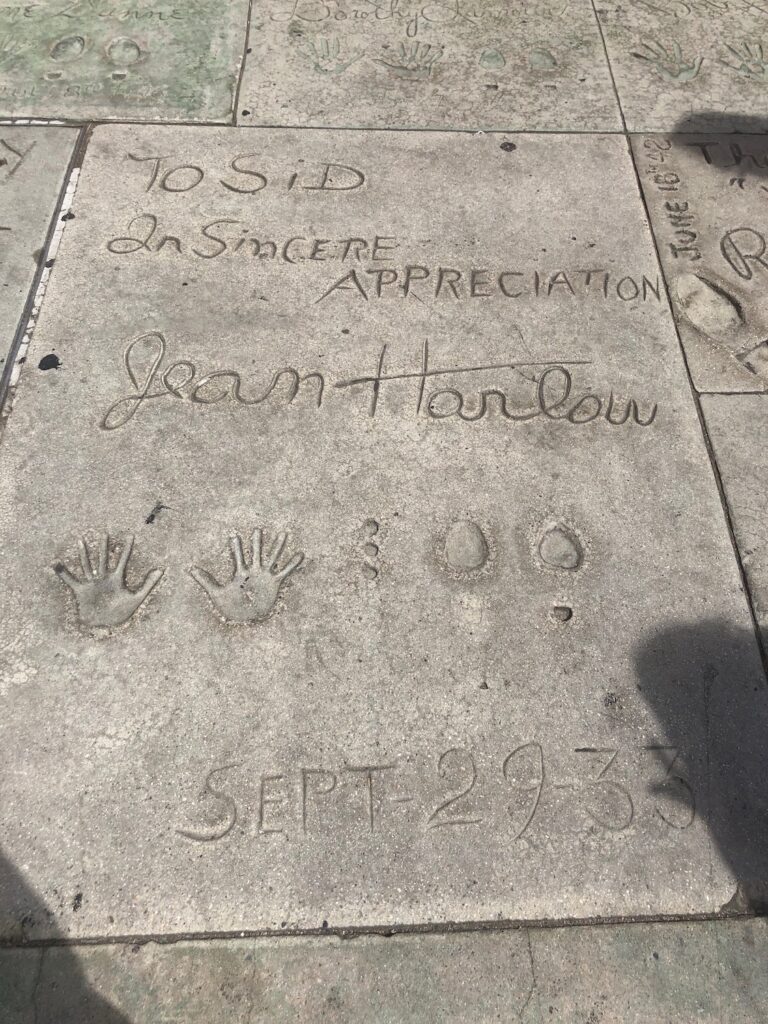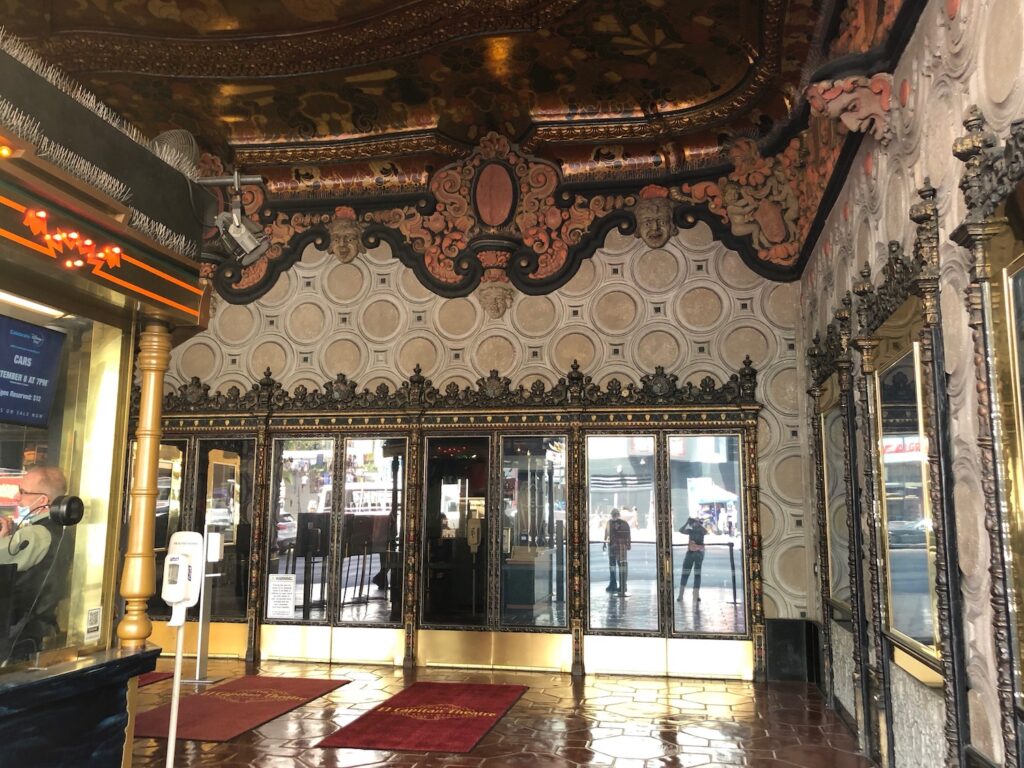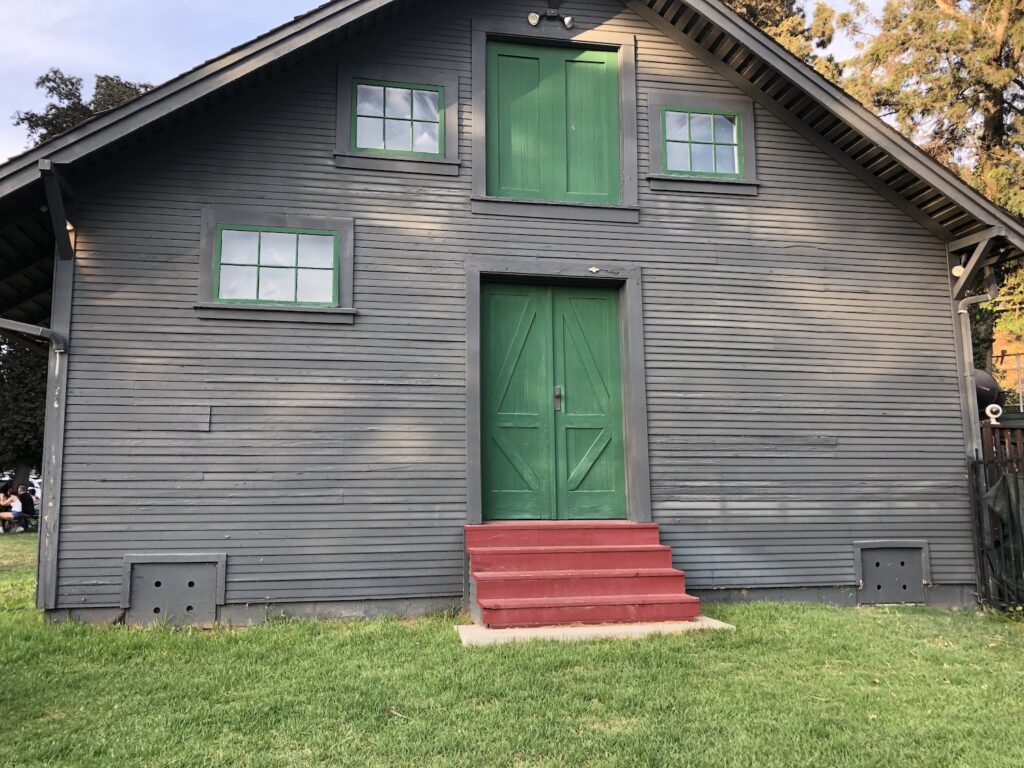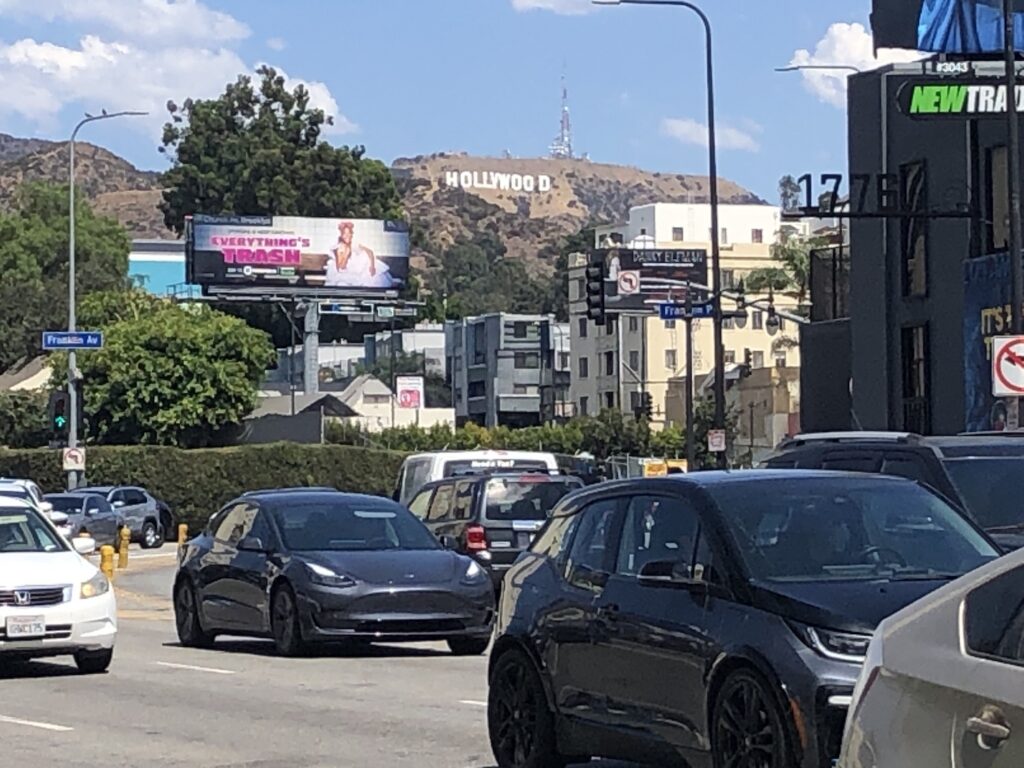
Mind you, I did not even realize this beautiful wild creature had a name, but apparently he’d been christened “Charles” by the local populace. I’d simply admired him for many years. At first my sightings of him were relatively rare, but more and more he spent time in areas where people frequented, and over time there were more and more of them invading his space. His downfall, ultimately.

I have visited Falls Park for many years, initially when seeking out New Deal-built improvements to this lovely wooded area on the edge of Fall Creek. At that time it was just the main park, with its pond (a former quarry), playground, picnic shelters, and the banks of Fall Creek. Beyond that creek to the northeast was an abandoned railroad right-of-way that I explored a time or two; it was intriguing but tangled and overgrown. A few years went by until I returned to the park, and to my delight, that interesting area had been turned into a system of trails, so the park became a favorite nearby place to get away into the woods. But sometimes, there would be a heron patiently stalking the fish in the creek, a glorious sight.
Not that long ago, heron sightings were rare, especially in populated areas. But like many creatures of the wild, their habitat is increasingly reduced, so they must adapt or perish. In more recent years, it had become rare not to see the heron––actually, two, presumably a mated pair, seldom seen together, but occasionally one would be fishing in the creek while the other stood looking majestic on the edge of the pond. One was slightly smaller than the other, but it was really difficult to tell which was which upon spotting just one, especially at a distance. And they did keep at a distance, as I learned one day as I crept closer to secure a good photograph. Evidently I crossed a line only the heron knew, for he took off across the creek with a horrendous “gaaaaaaaack” worthy of his dinosaur ancestors. It was the first time I had ever heard any noise from a heron, and it was startling and wonderful at the same time.

Falls Park is popular with anglers. Spring, summer, fall there are always a few diehard fisher people, both in the pond and along the creek, especially below the dam–where the heron often fished. More kept flocking to the park; the banks became crowded with them. Despite posted signs, many waded into the water casting their lines, and more and more often we’d find tangled line, broken bobbers, discarded bait, and lures–hooks intact–along the banks. Inconsiderate jerks, I muttered as I gathered up what I could. This came to a head a few years ago when I discovered a distraught mother duck struggling with her baby who had a foot enwrapped in fishline. I carefully cradled the duckling and tried to remove the tightly wound line but could not get it all. I called out to the people nearby who were doing nothing, asking if any had a knife. One did, and I was able to cut the line and free the baby.

More fisherfolk kept coming to the park, not all of them thoughtless, I trusted. Some cast their lines dangerously close to the heron, who often stood beside the spillway, snatching and swallowing fish after fish, far more successful than his human competitors. But still, one could get only so close until he would fly off, sometimes quietly, sometimes with a cry of avian defiance.

But a year ago I spotted him on a tiny island–one often inundated after heavy rains–and I was able to get closer than usual. The reason became clear; he had a hook attached to a lure lodged in his foot. I was horrified. Evidently others were too; Hoosier Wildlife Rescue and Rehabilitation (an organization of which I had been unaware) received numerous calls, but the heron was wily and would not be caught. I still saw him often over the last year. He survived the winter still dragging the painful burden, which over time, apparently hooked onto more dangerous discards. His movements were hampered and his ability to fish compromised. Line had caught in his wing. At last the wildlife rescuers were able to capture him and begin efforts to repair the wounds and restore him to health, but it was too late. Worn and emaciated, he died despite their best efforts. I learned of it last week.
I was so upset, so furious, so angry with thoughtless, selfish humans I fired off a scathing Facebook post about it. Littering is not just unsightly, it can be dangerous to wildlife. And this went beyond littering. I went on and on about the insensitivity and carelessness of these people who think of nothing but themselves and leave a mess behind. Oh, I ranted and raved, but evidently hit the wrong thing, and the entire post disappeared. I dissolved into tears and could not recapture the fury–nor the words. Nature can be cruel; the heron could have been the victim of a predator or age or lack of food, but no, stupid humans, interested only in their pastime, caring nothing for the effects on any other living thing (including fellow humans) directly caused his death. And that is wrong. We all should mourn–and remember.










